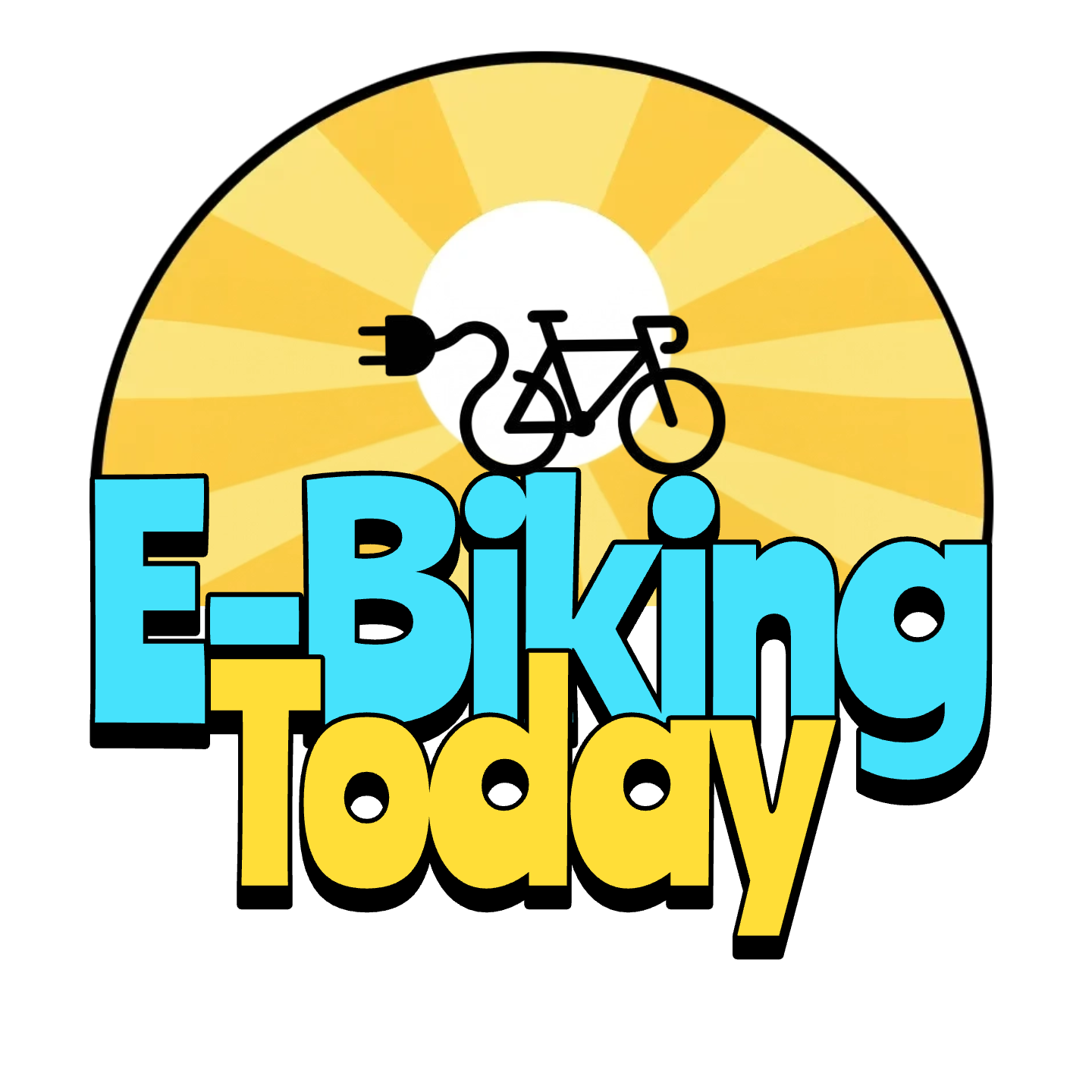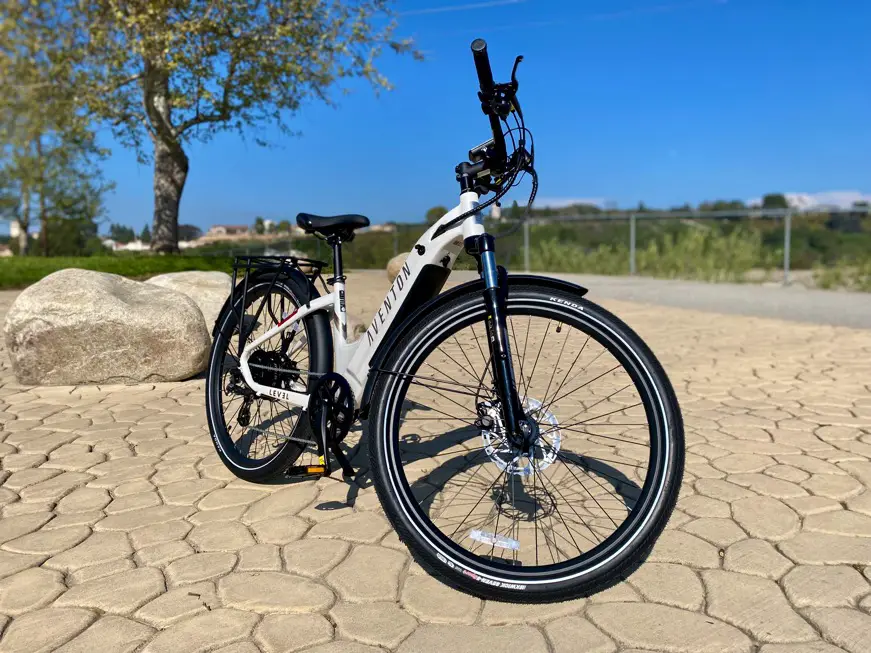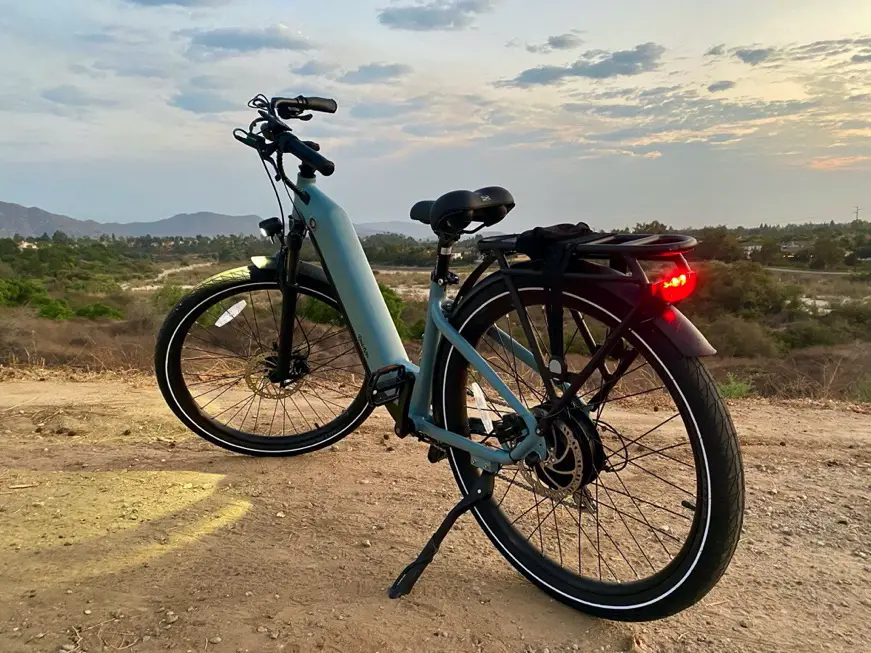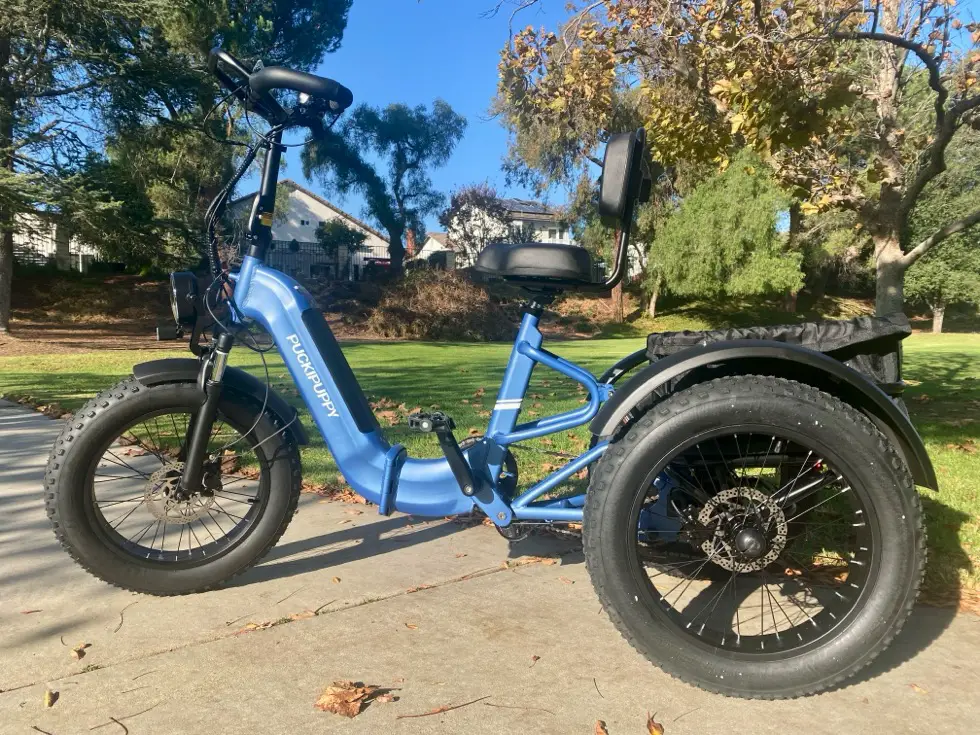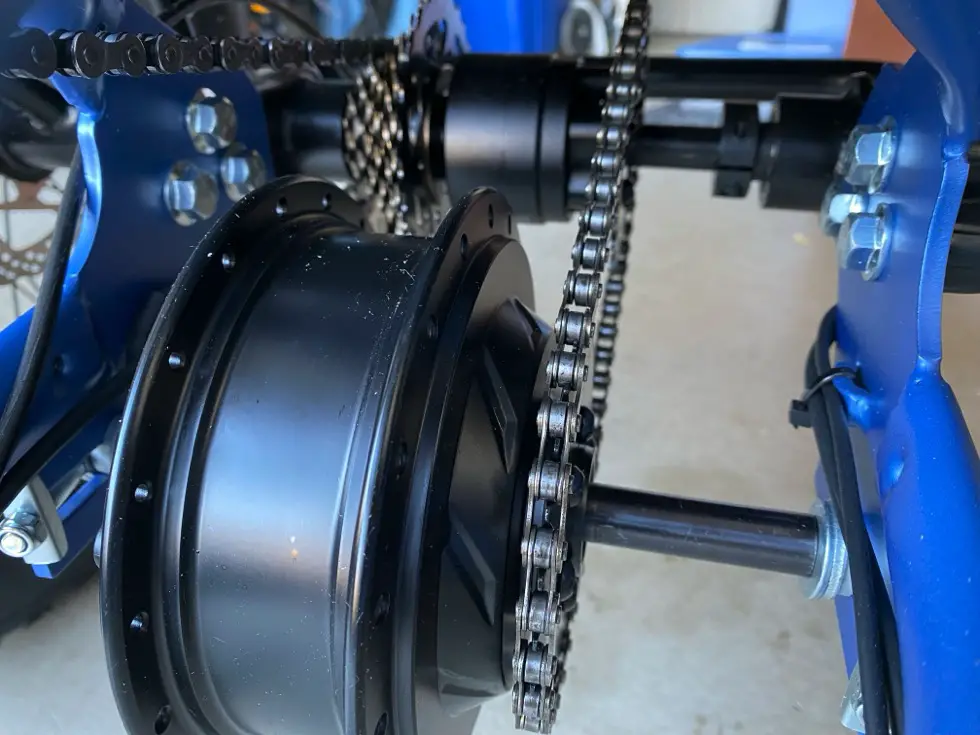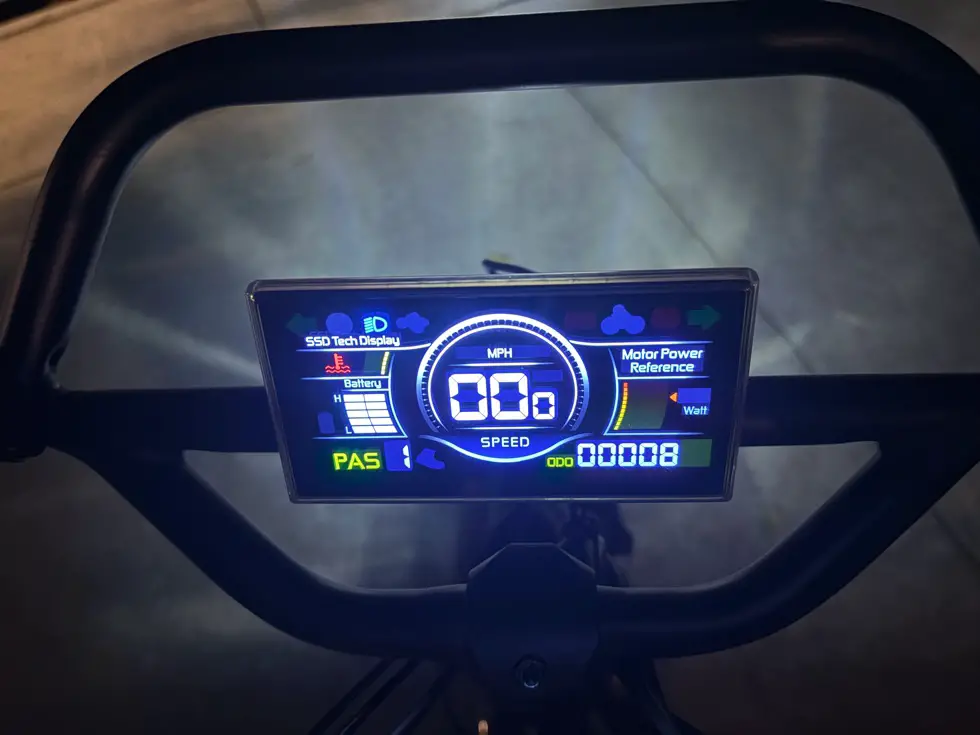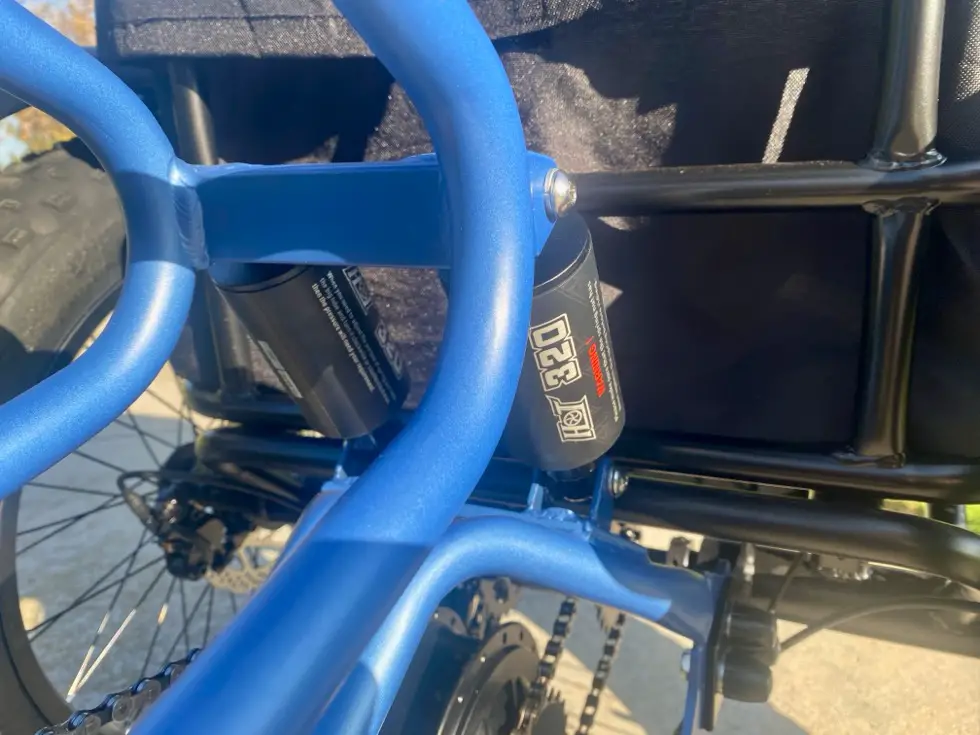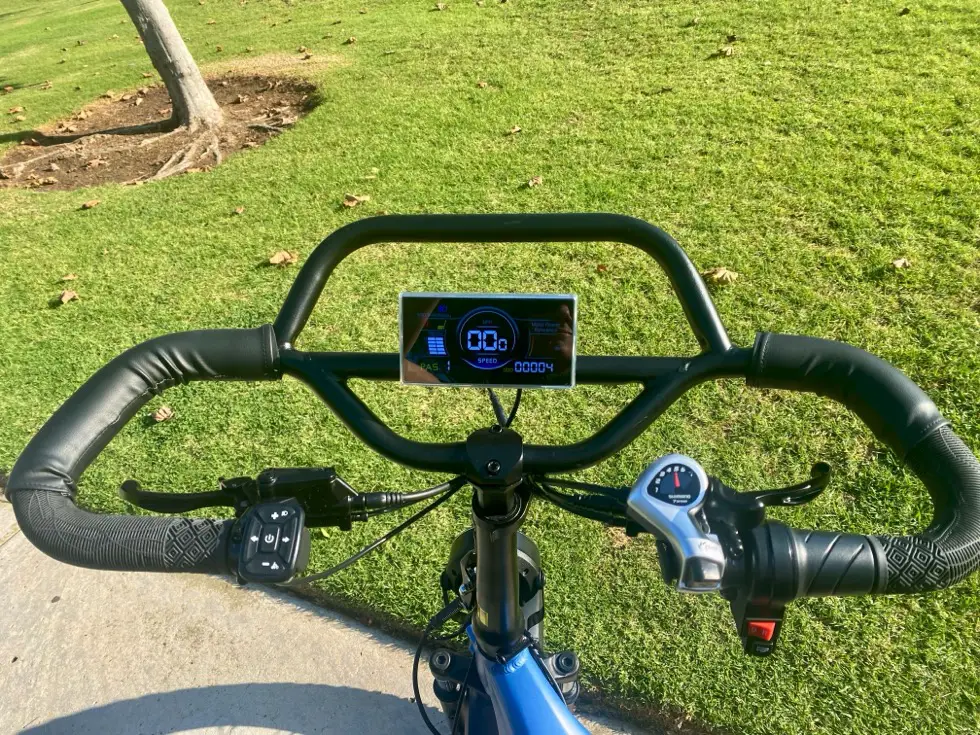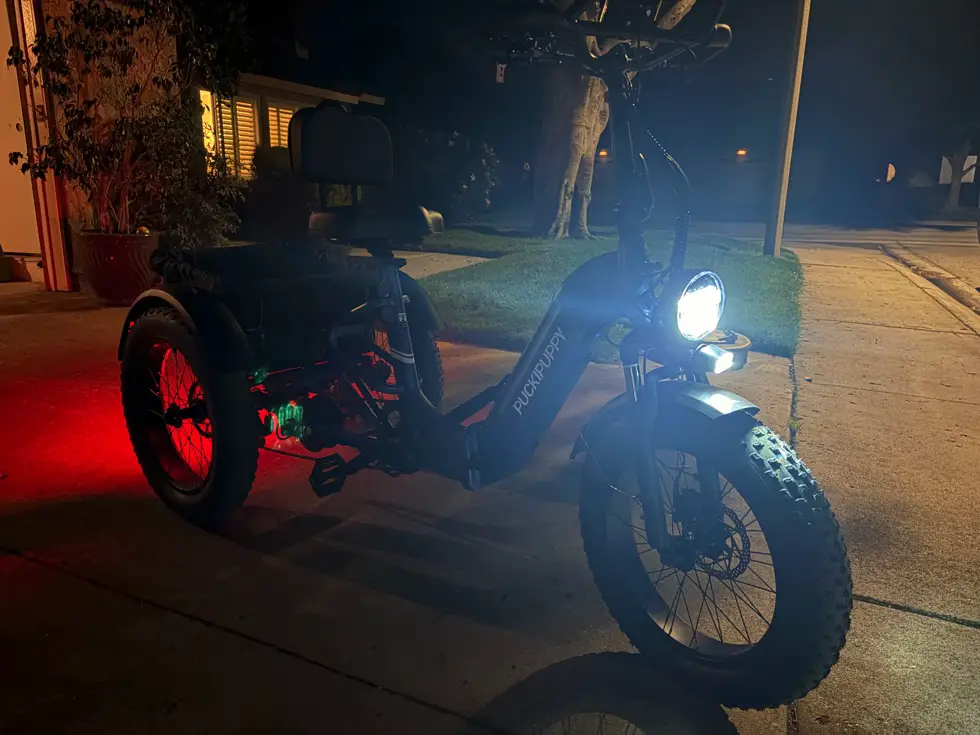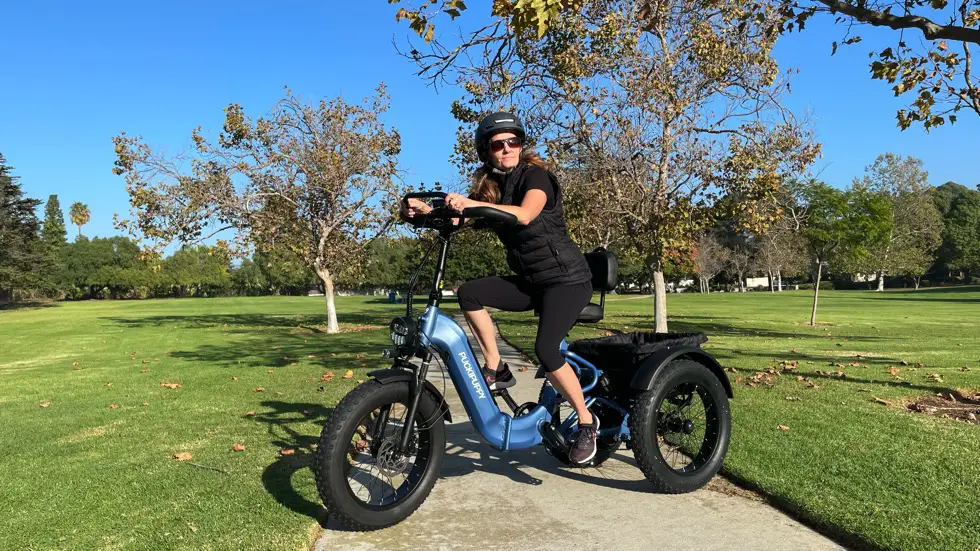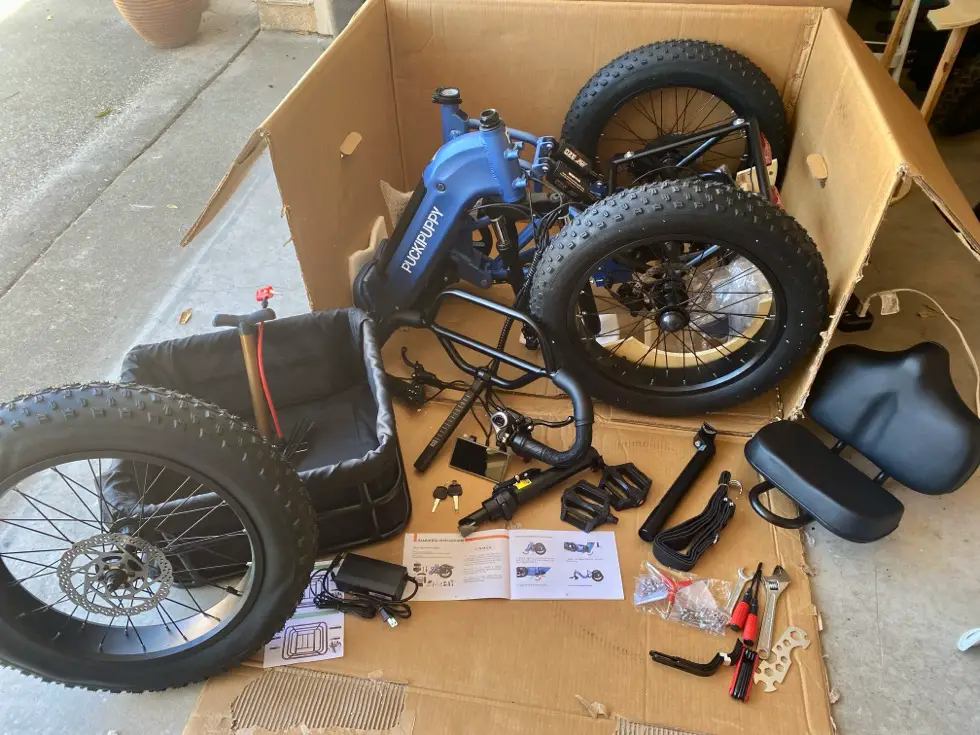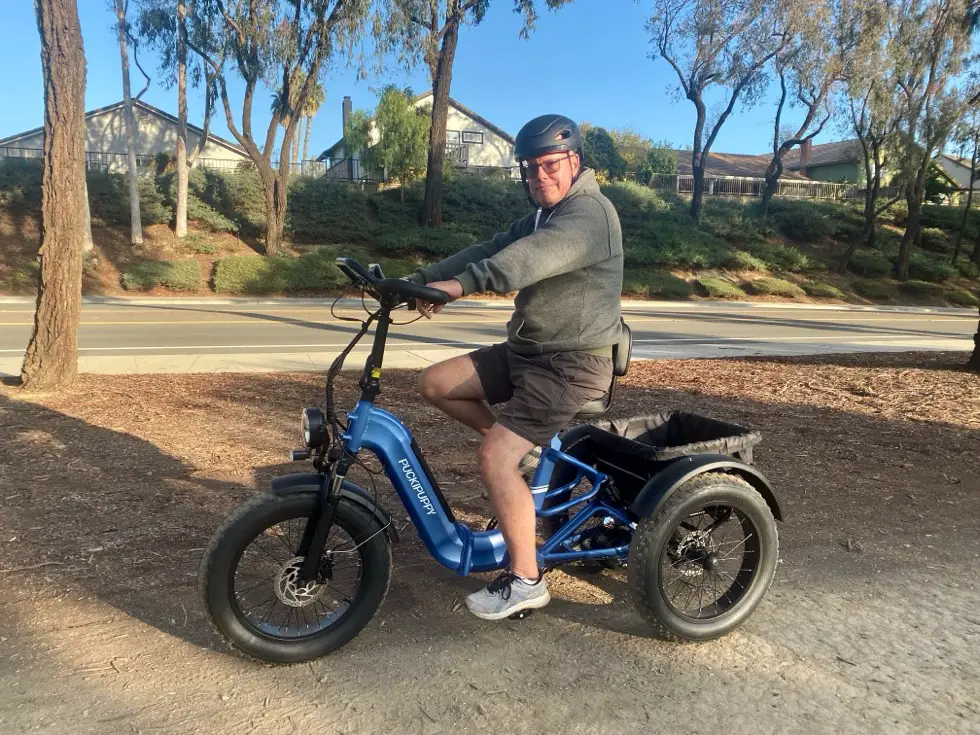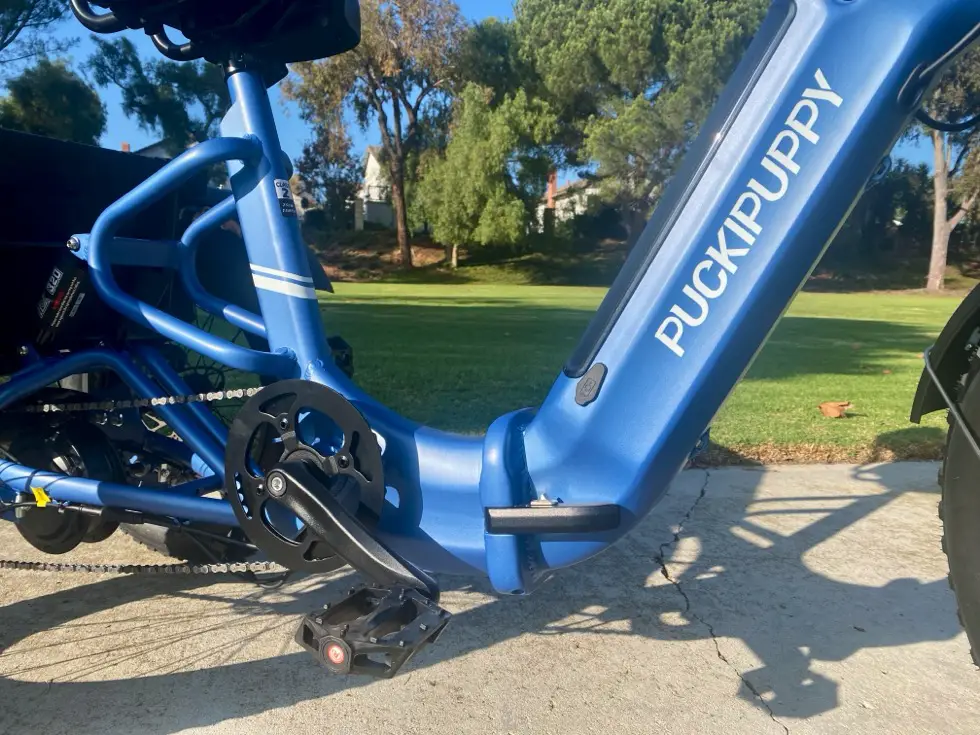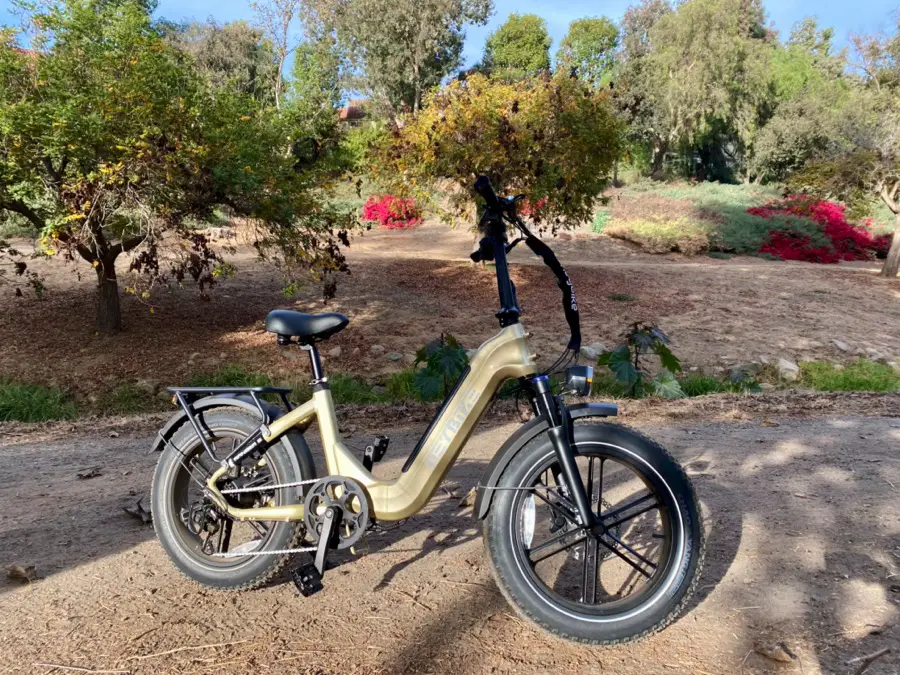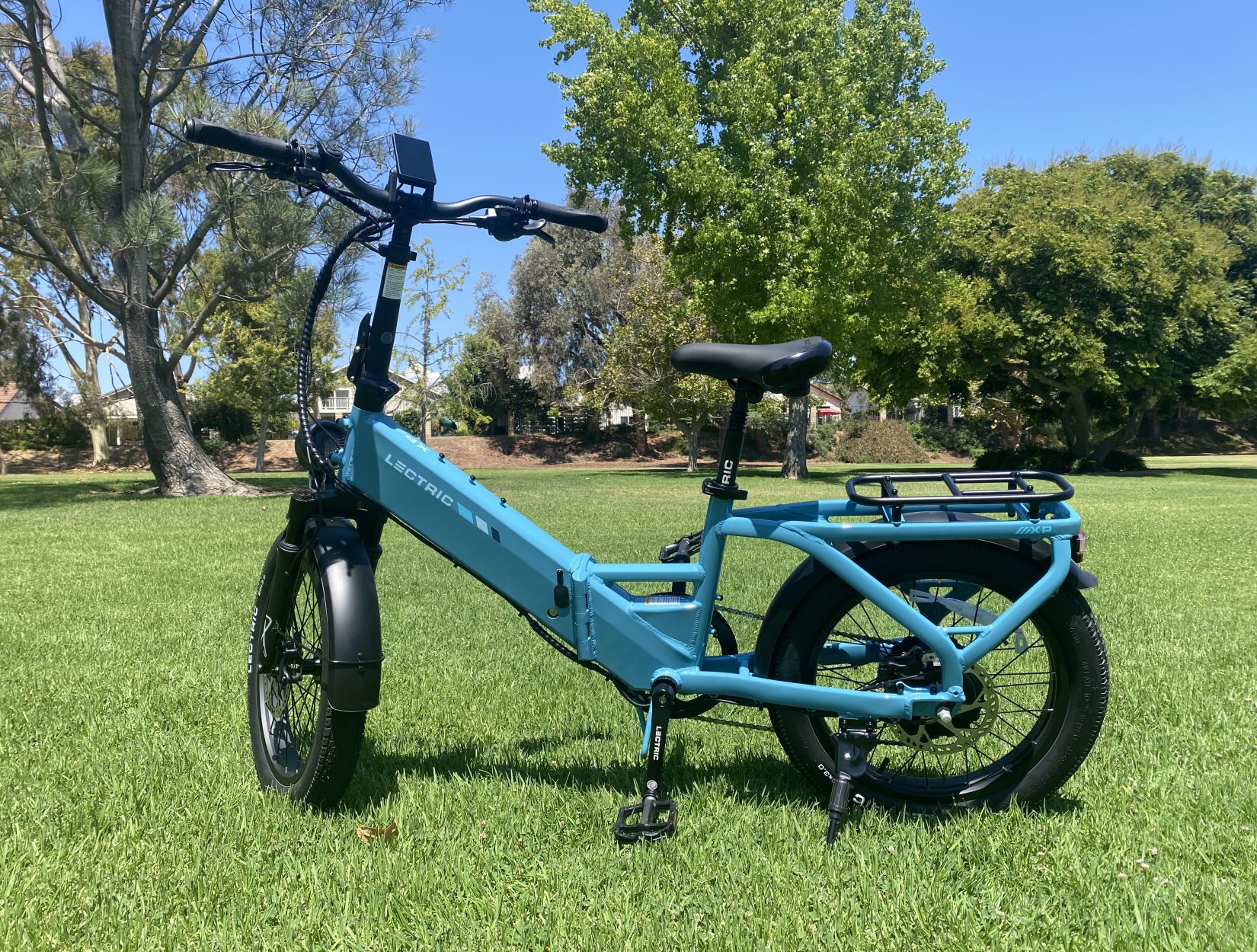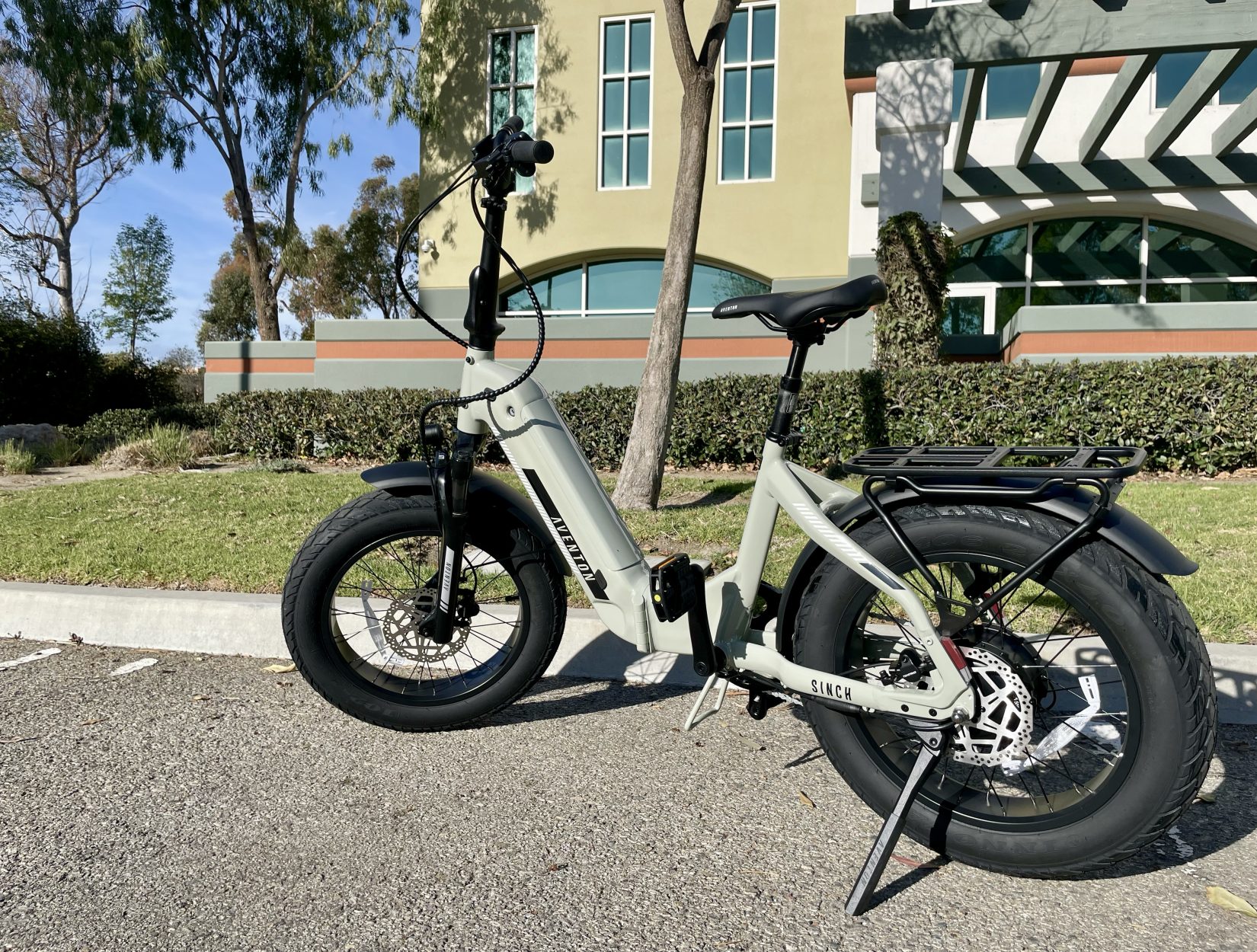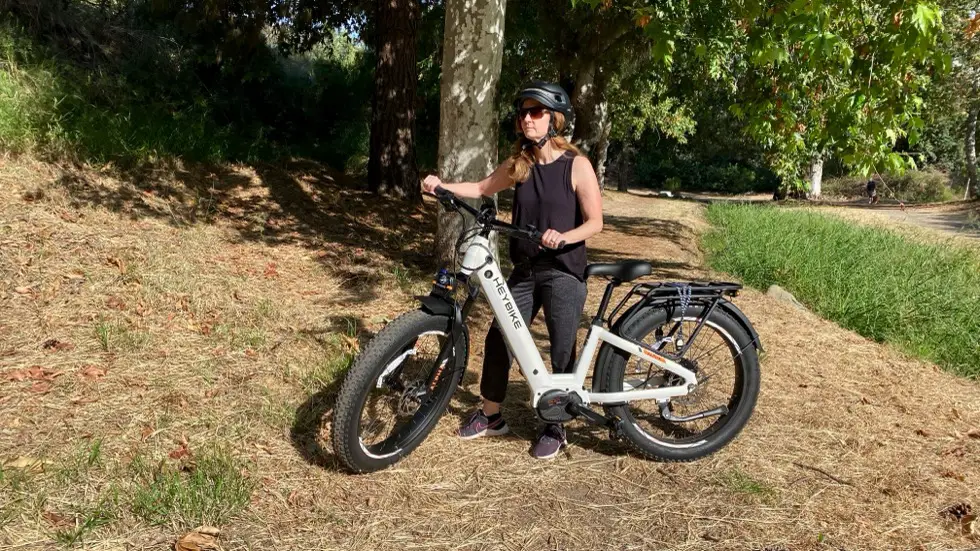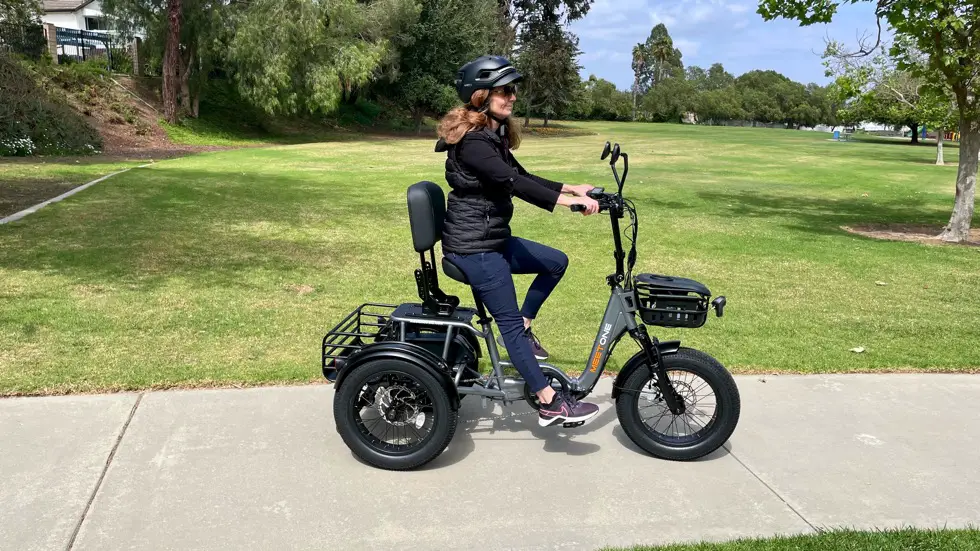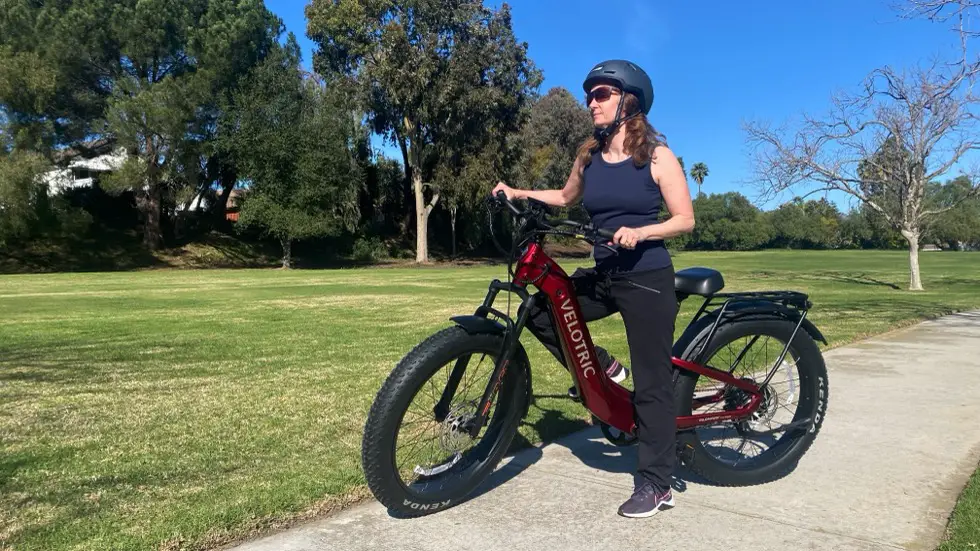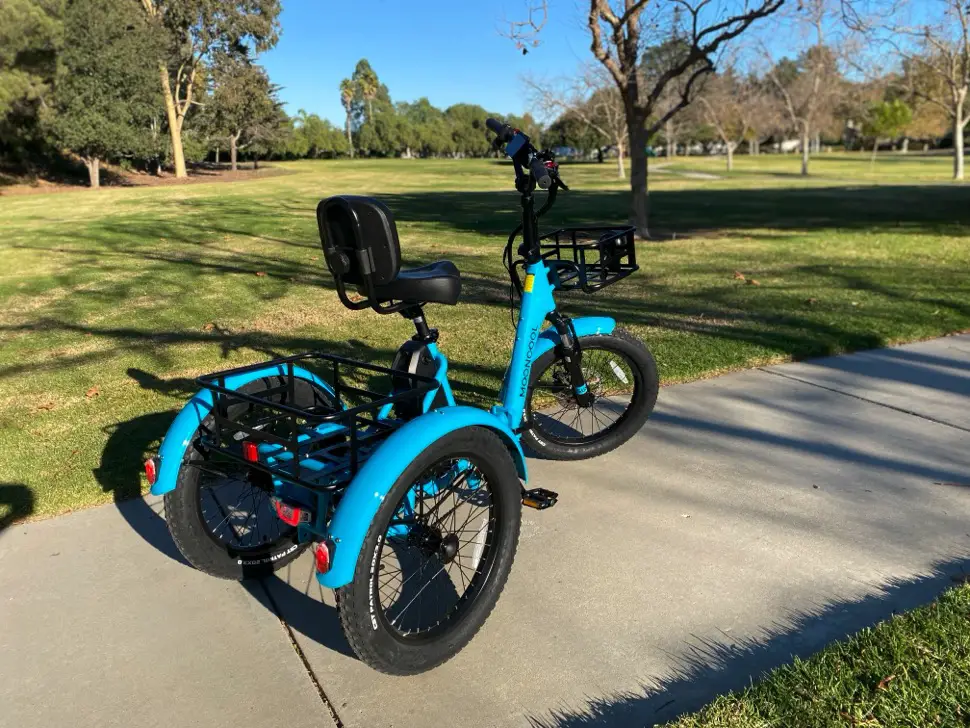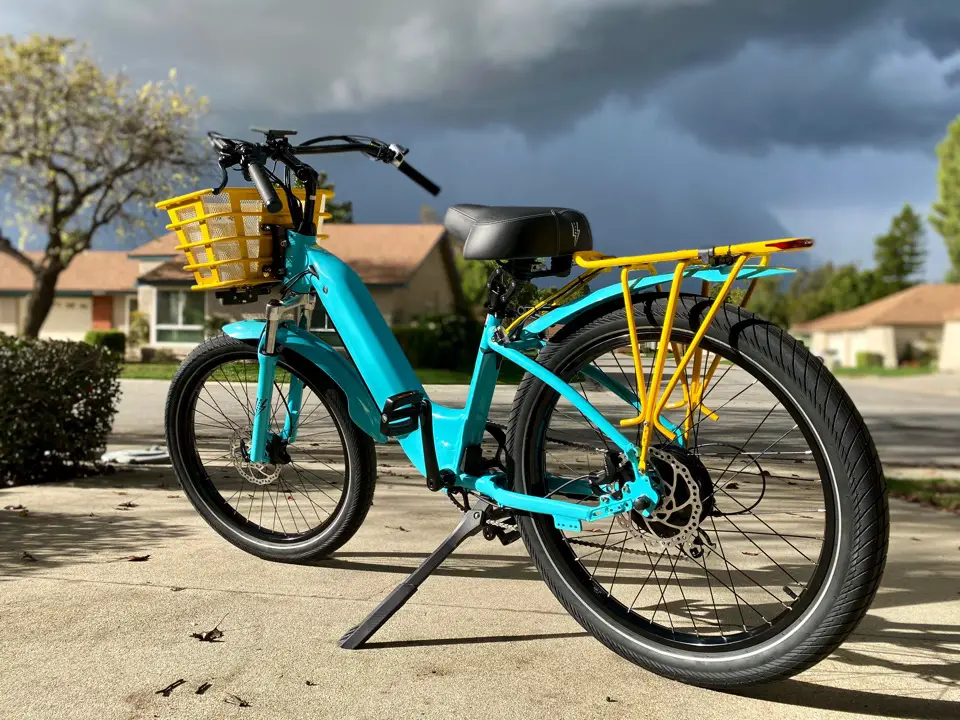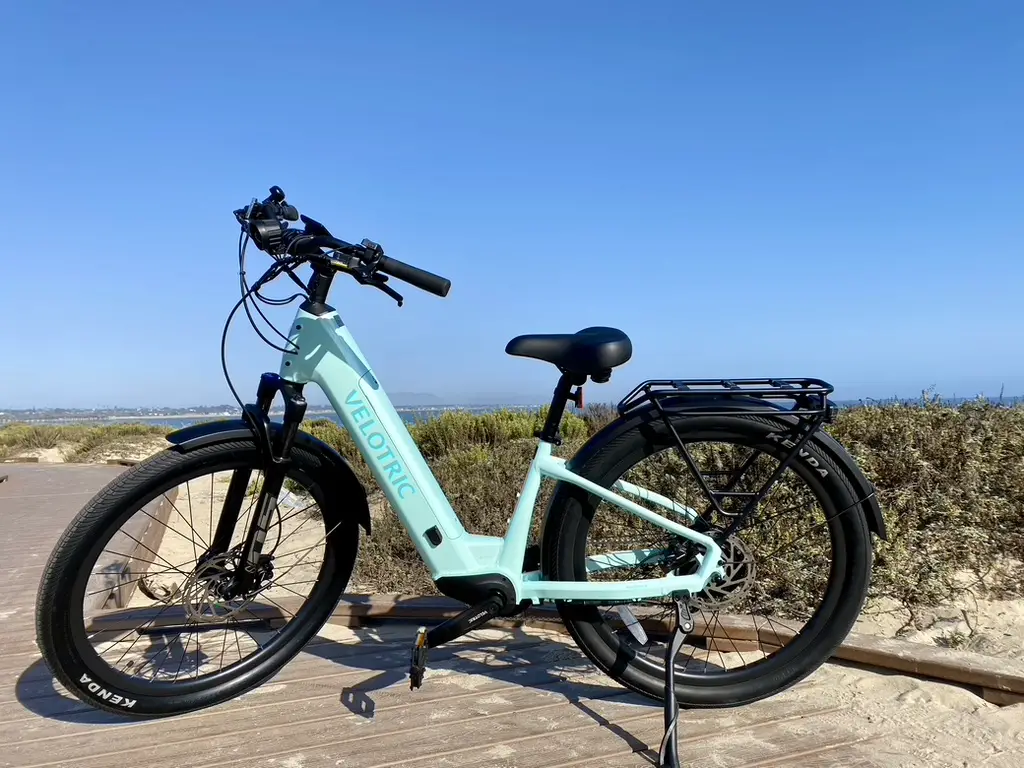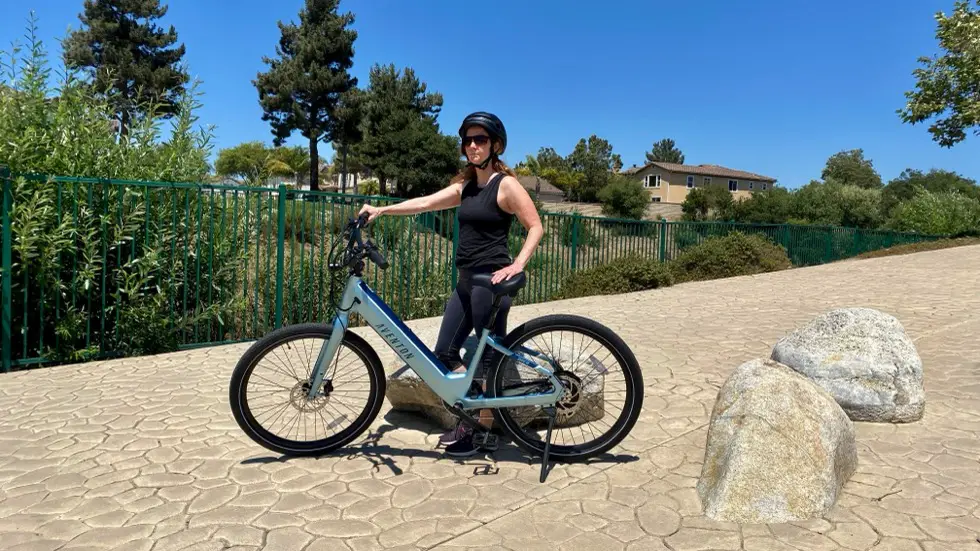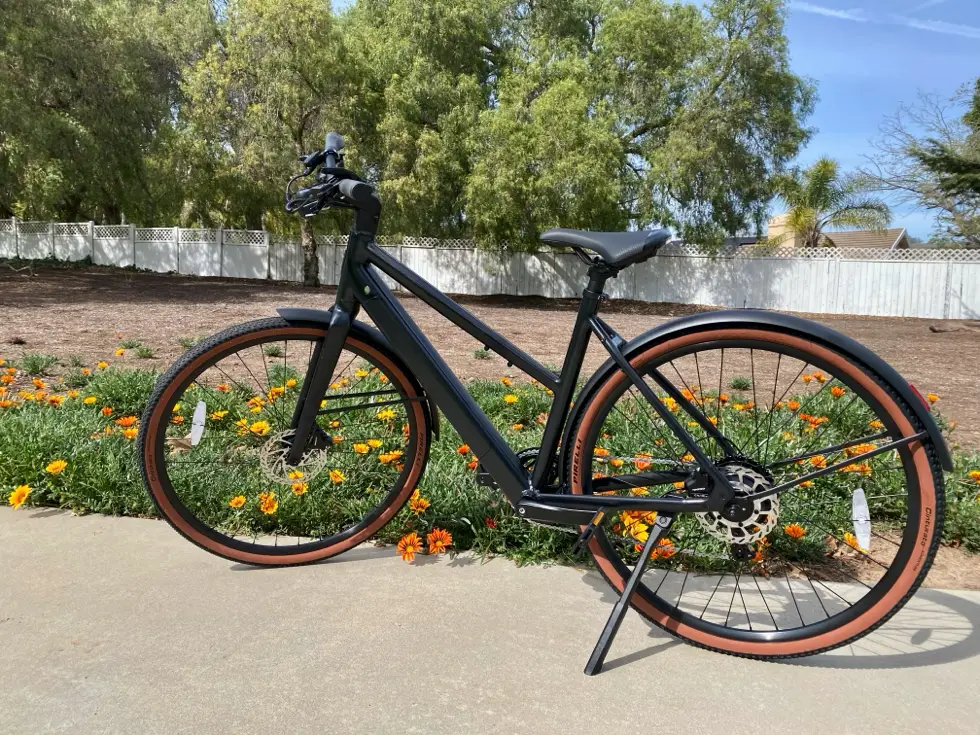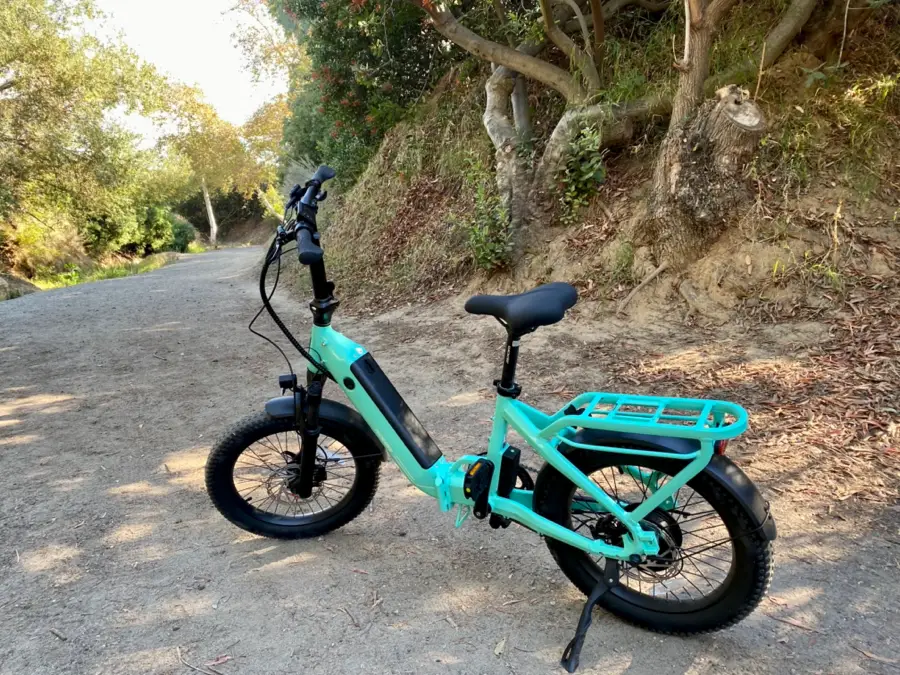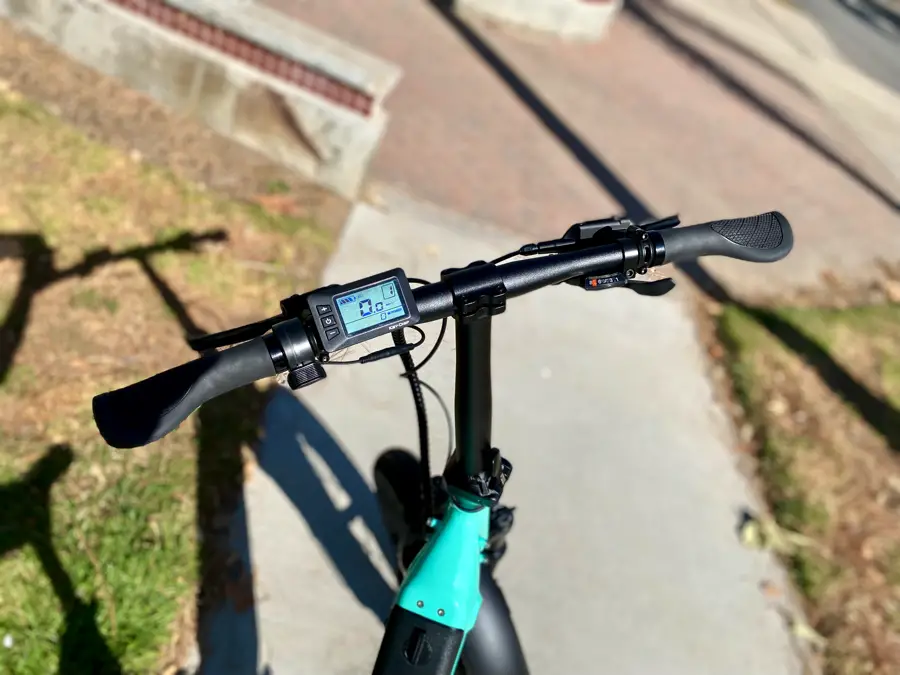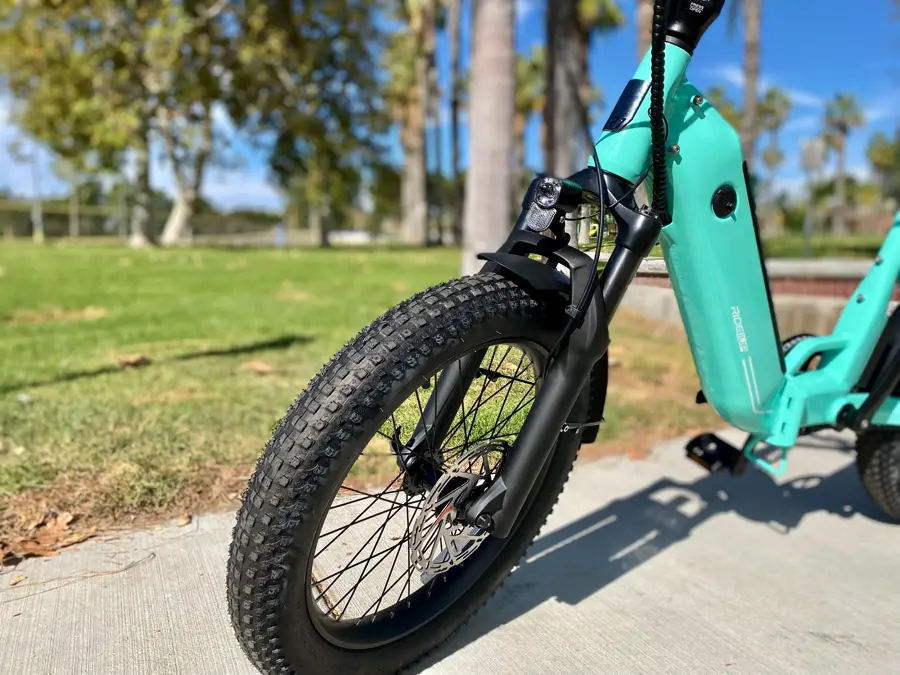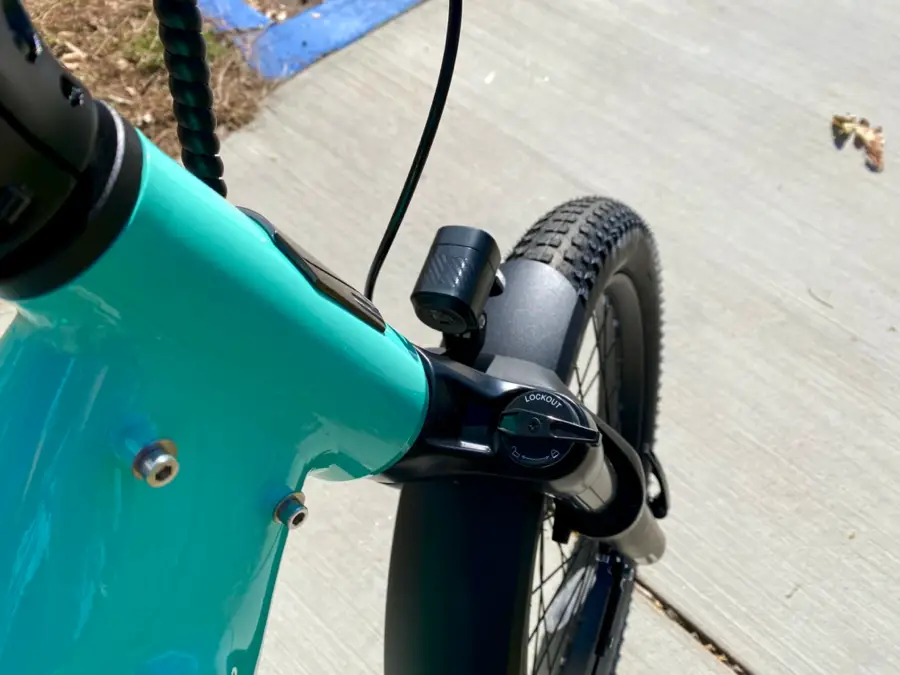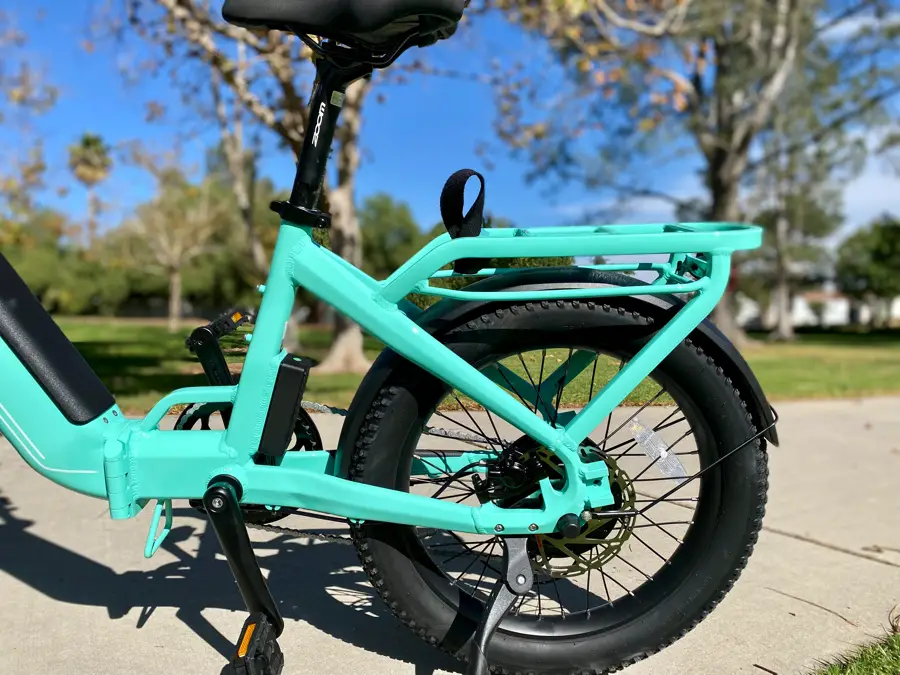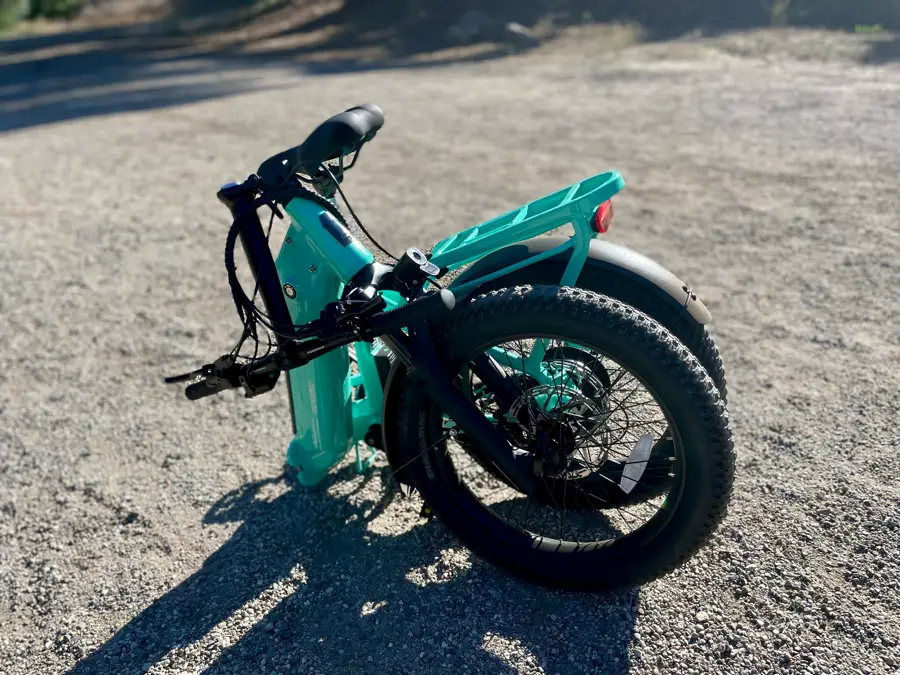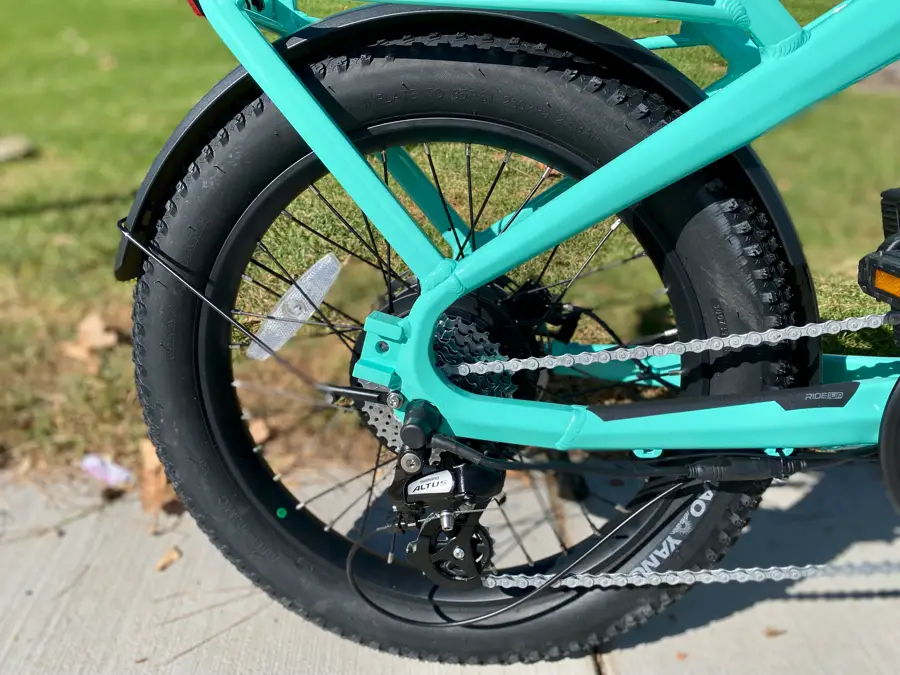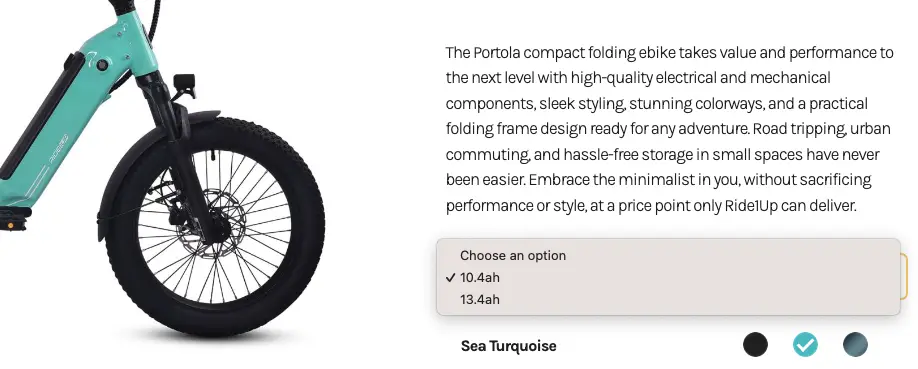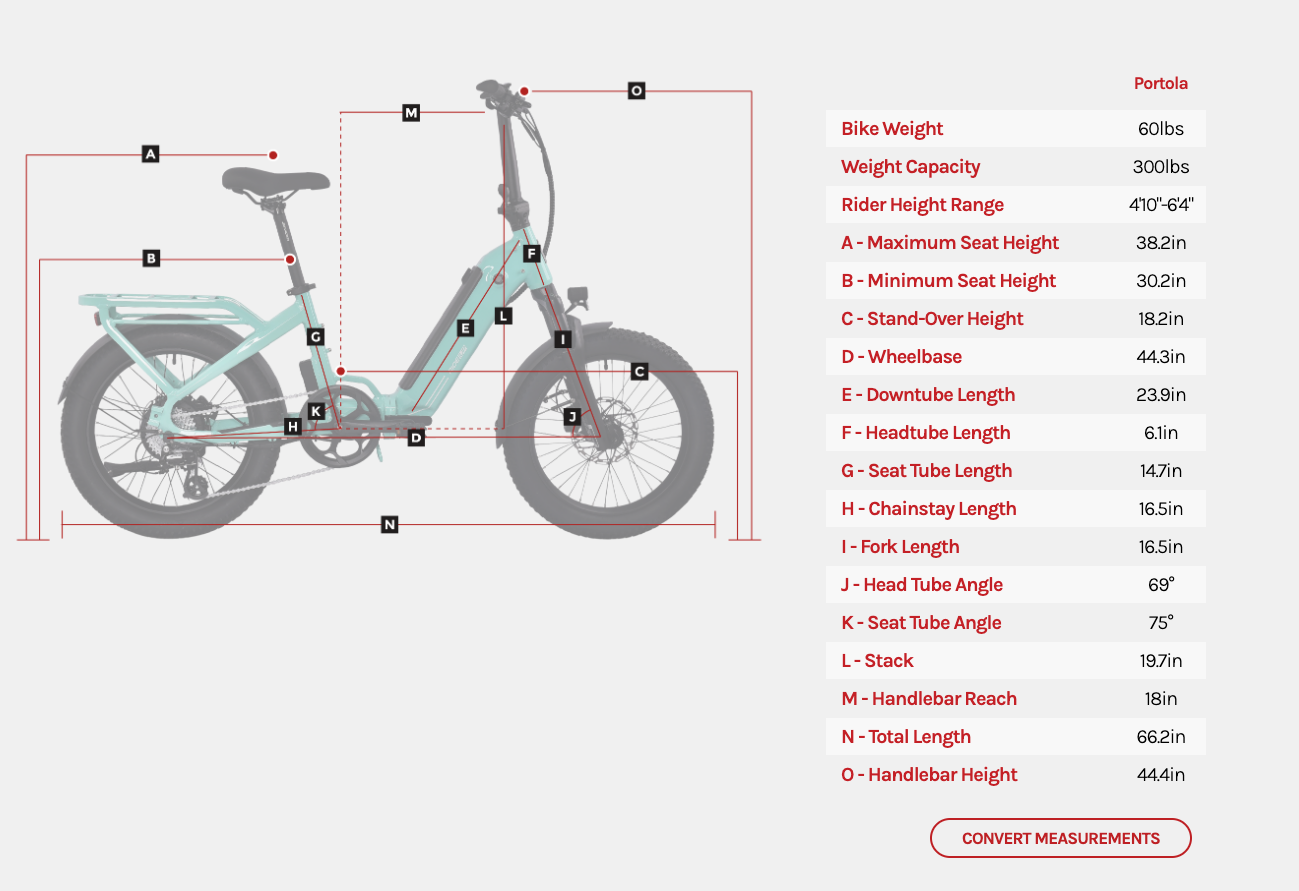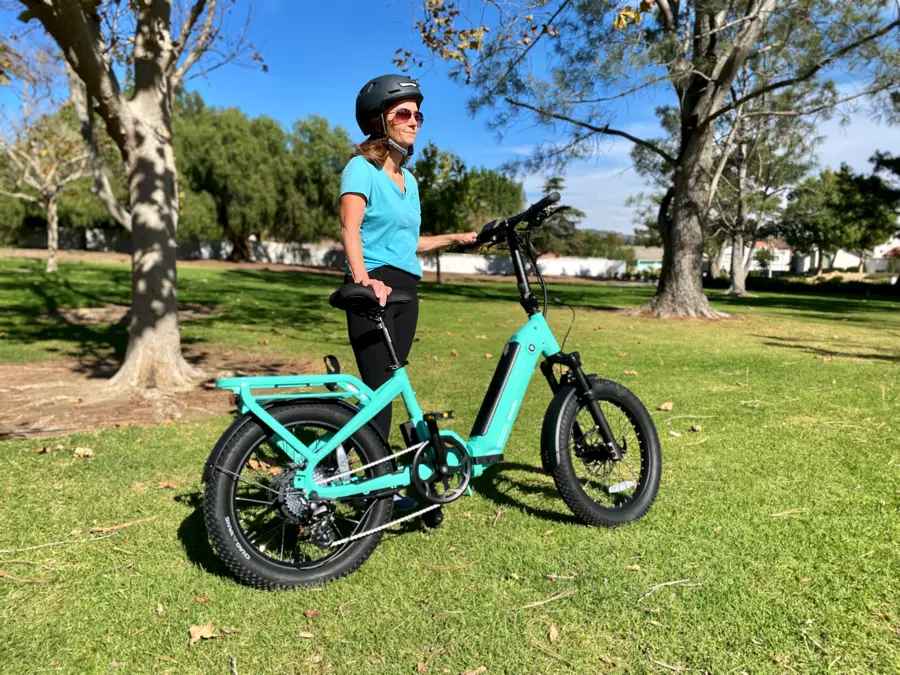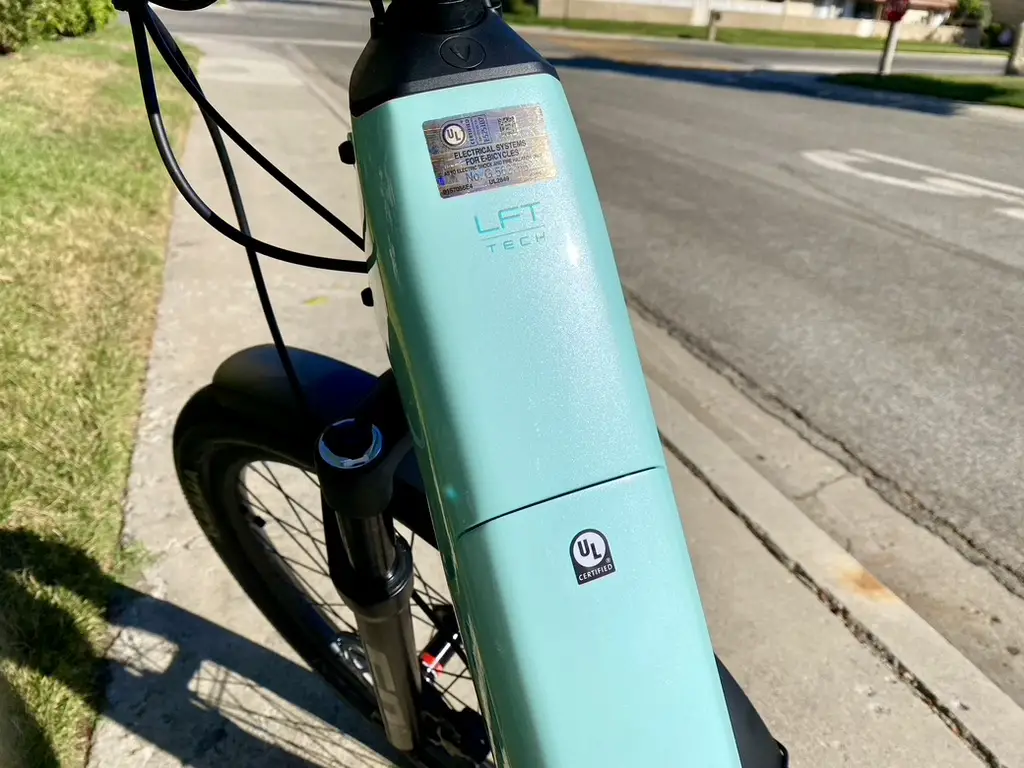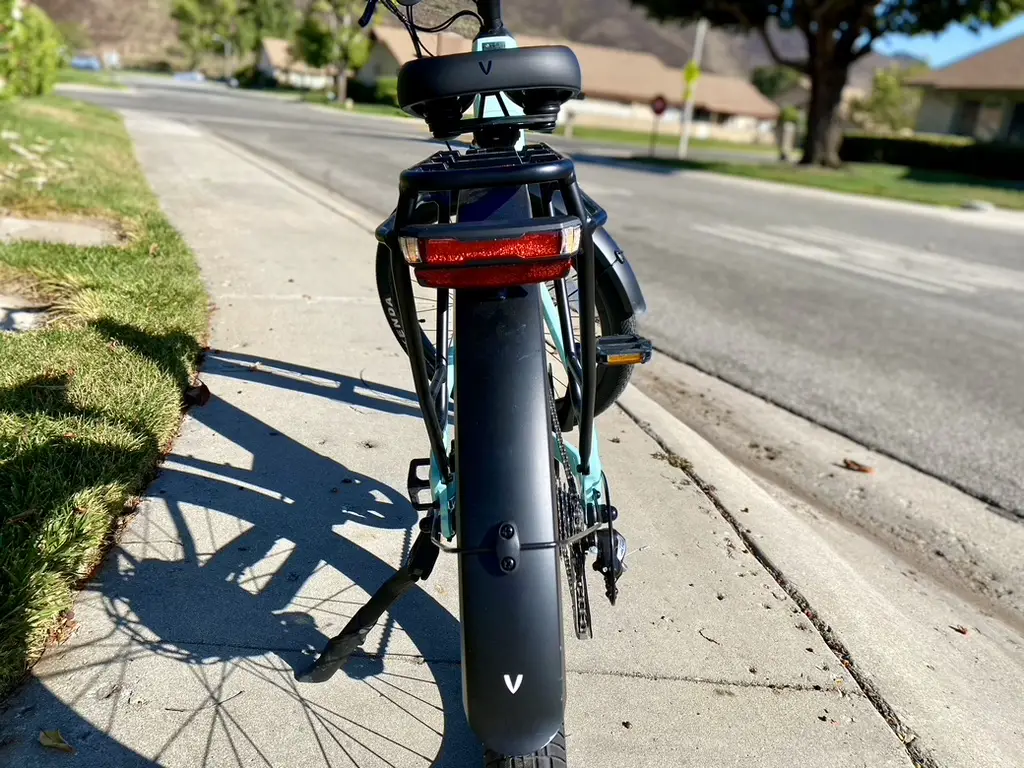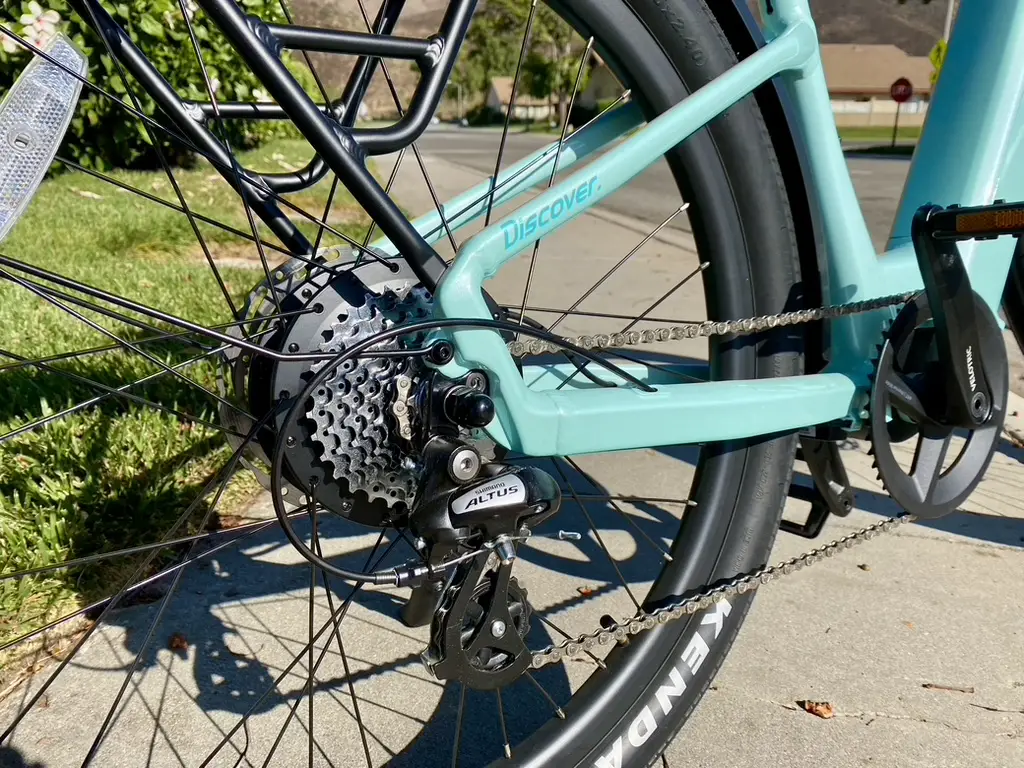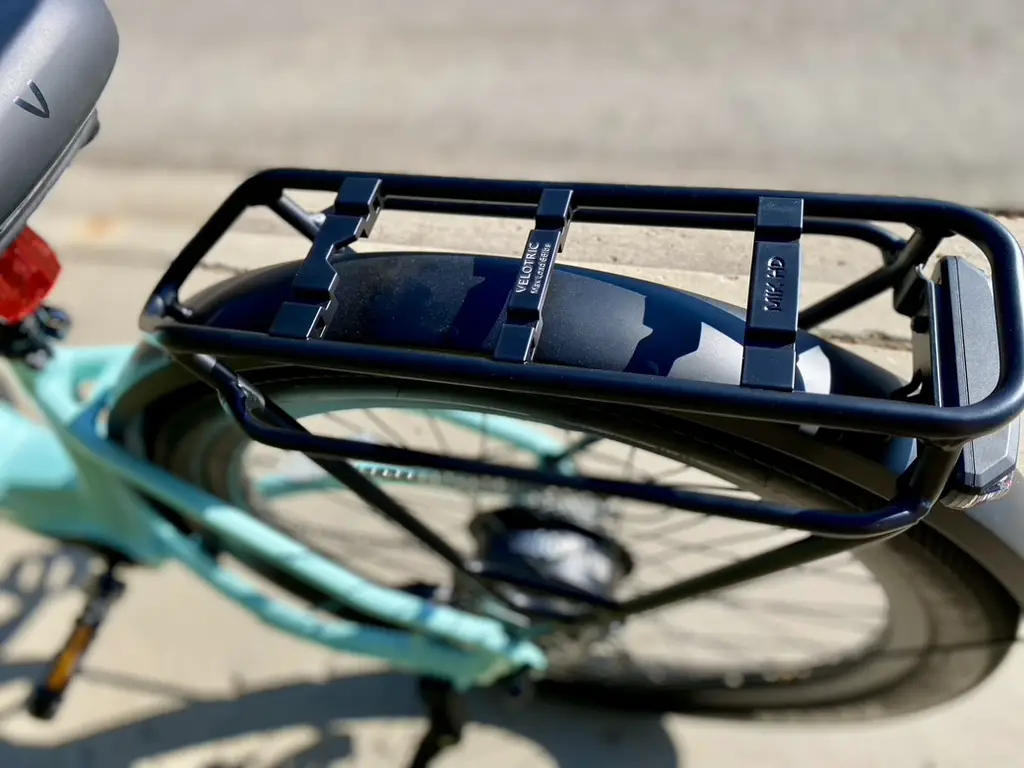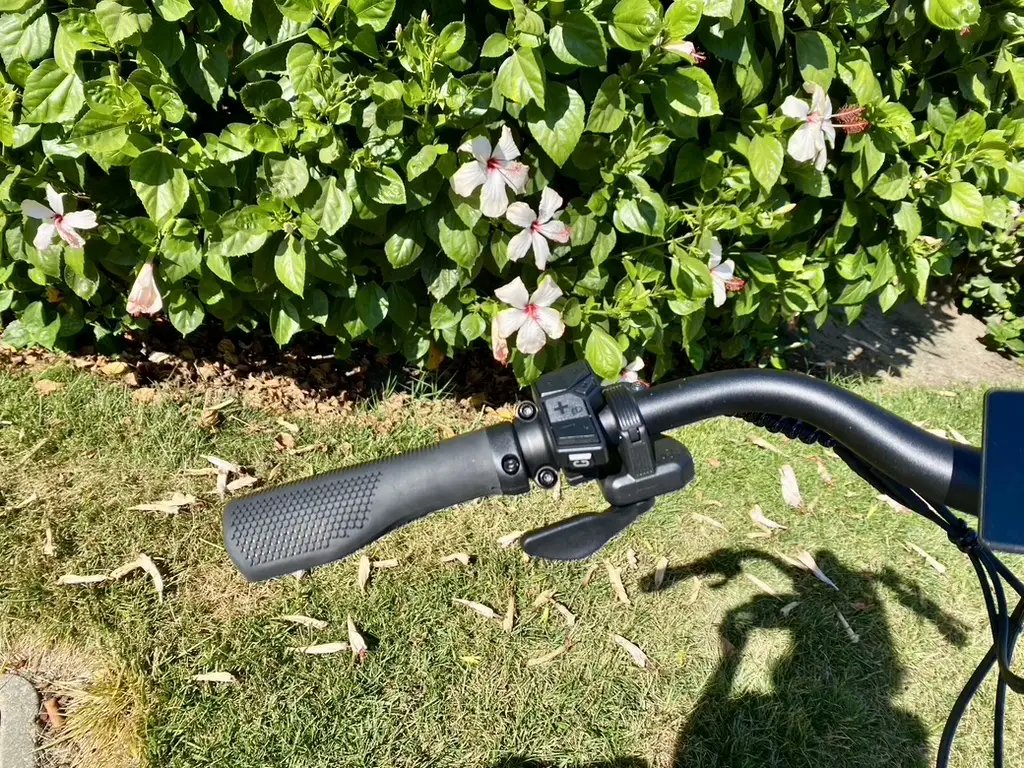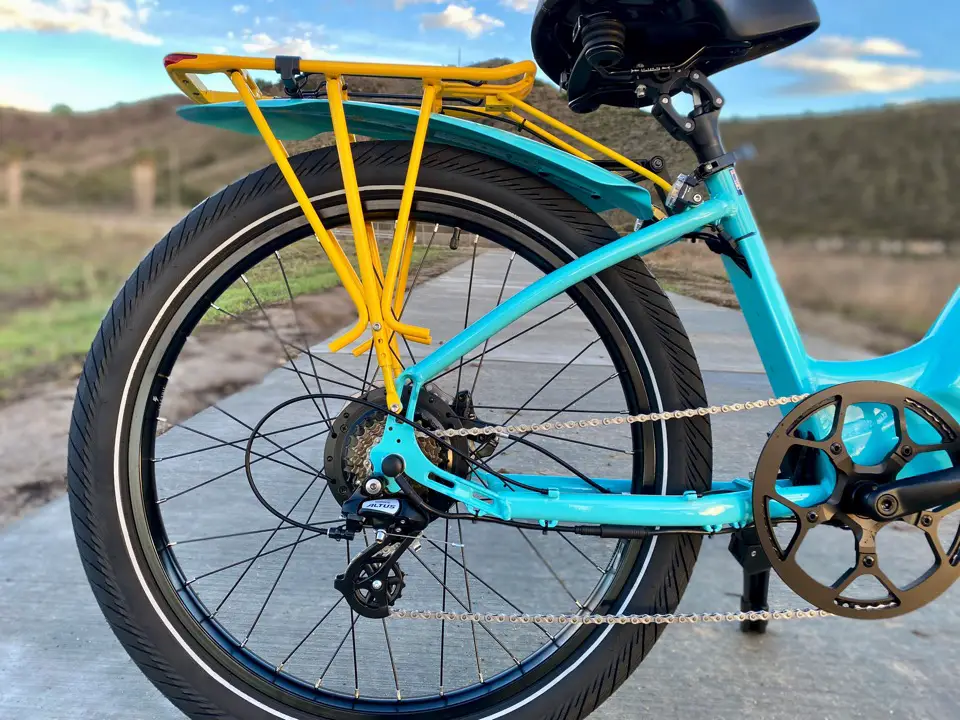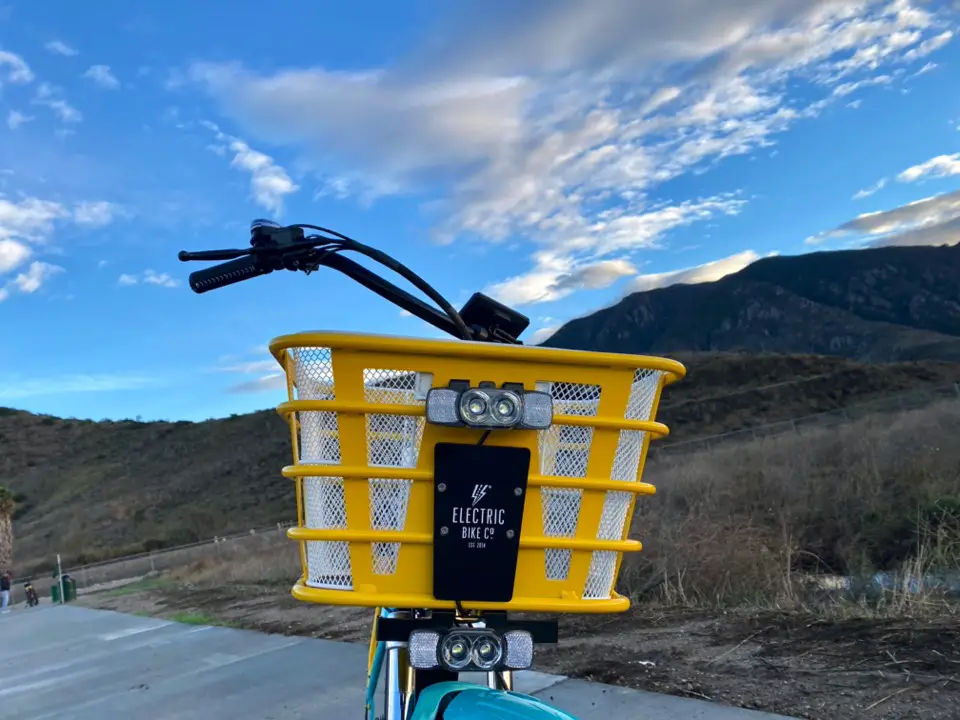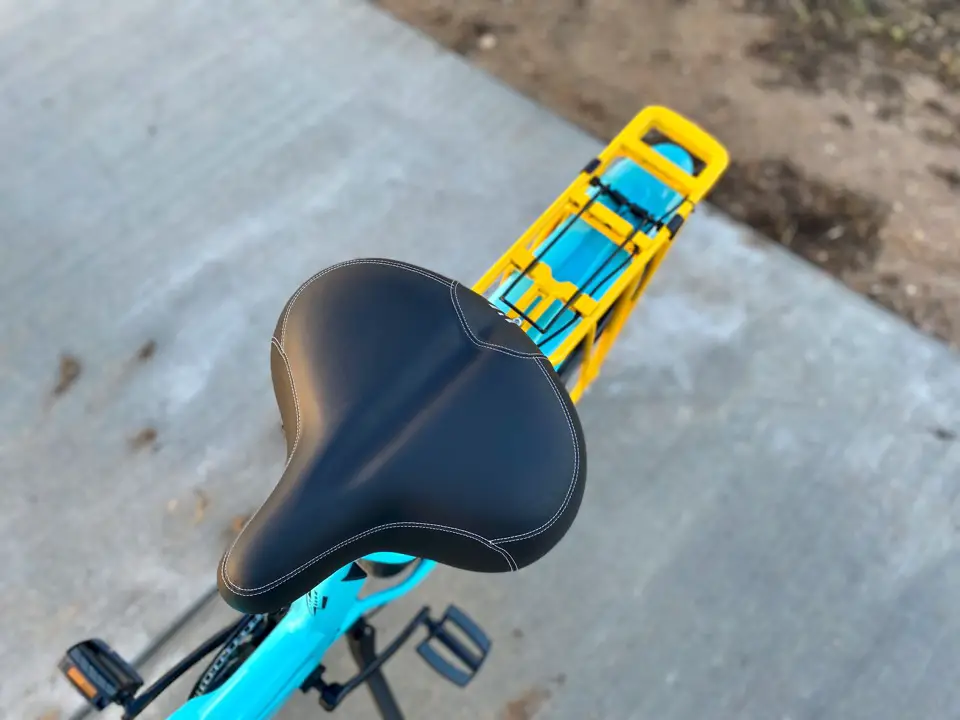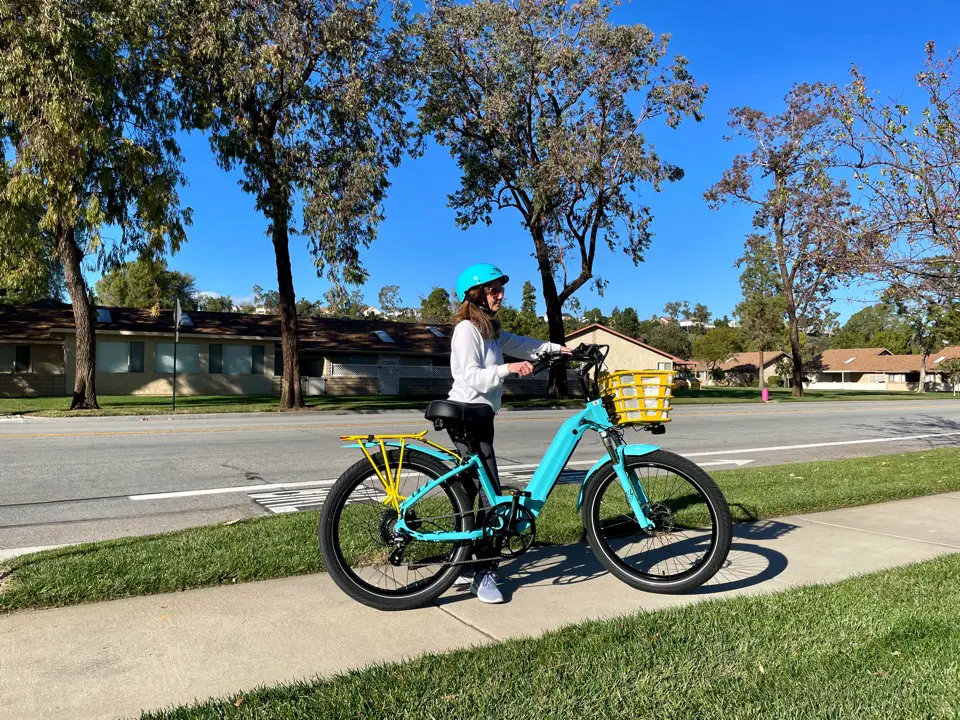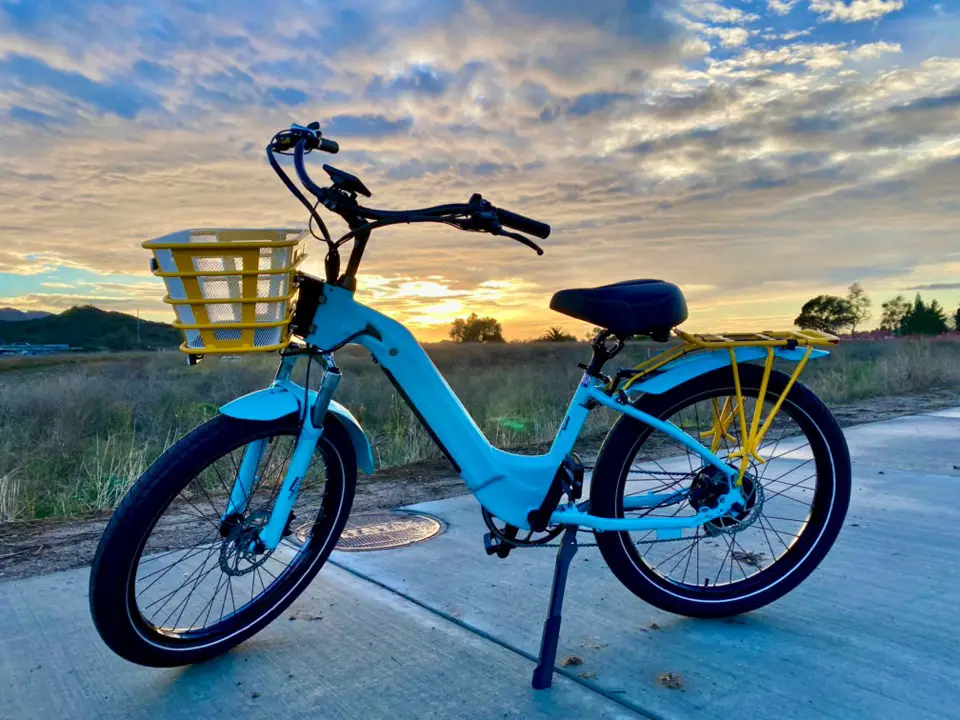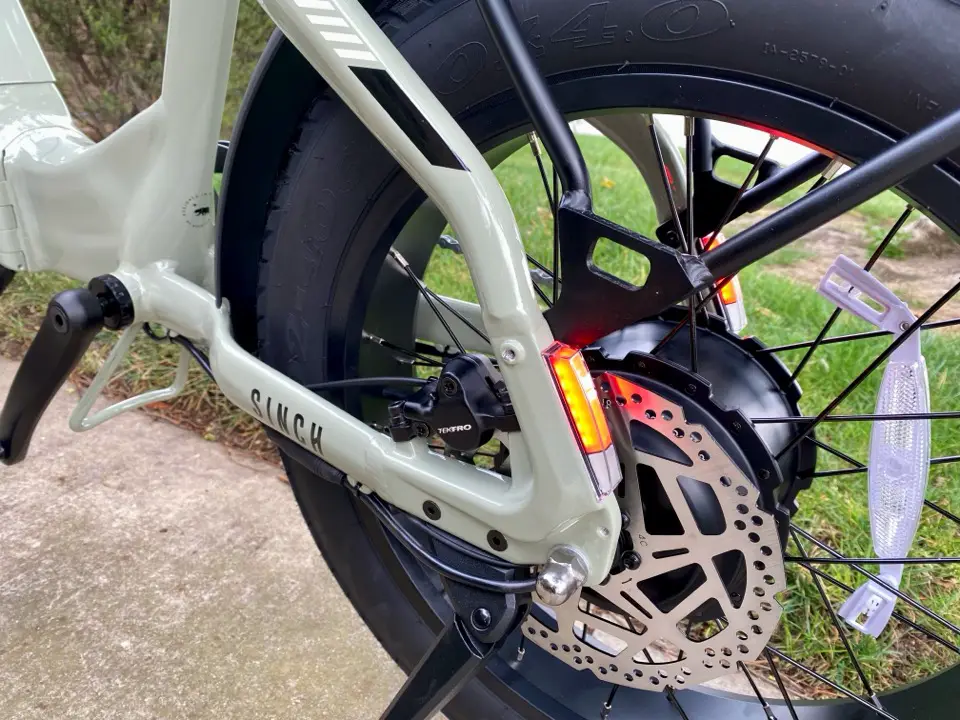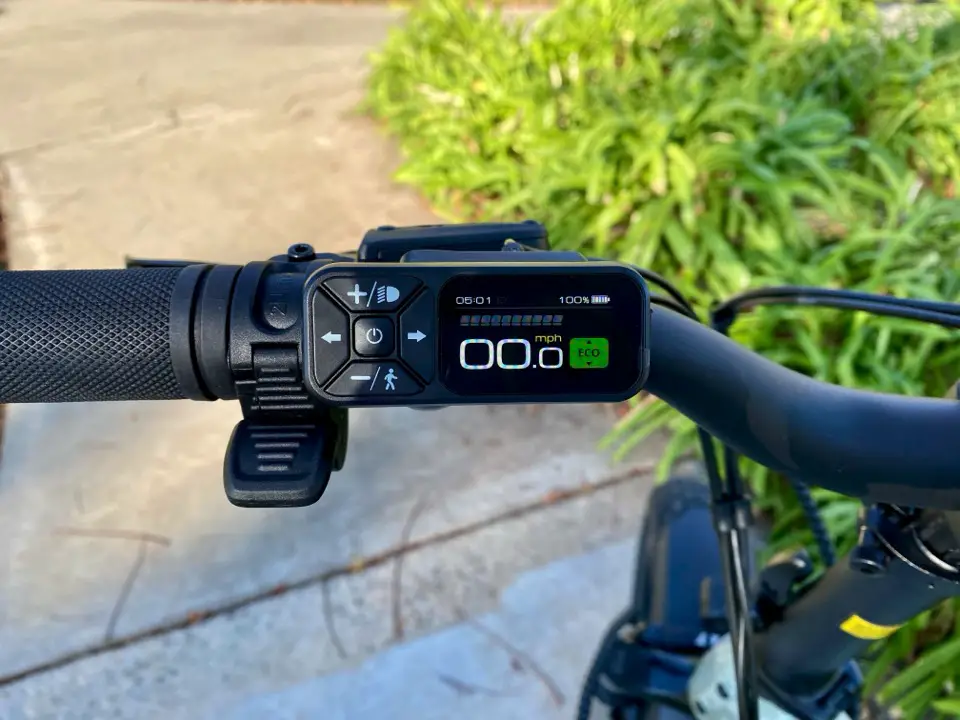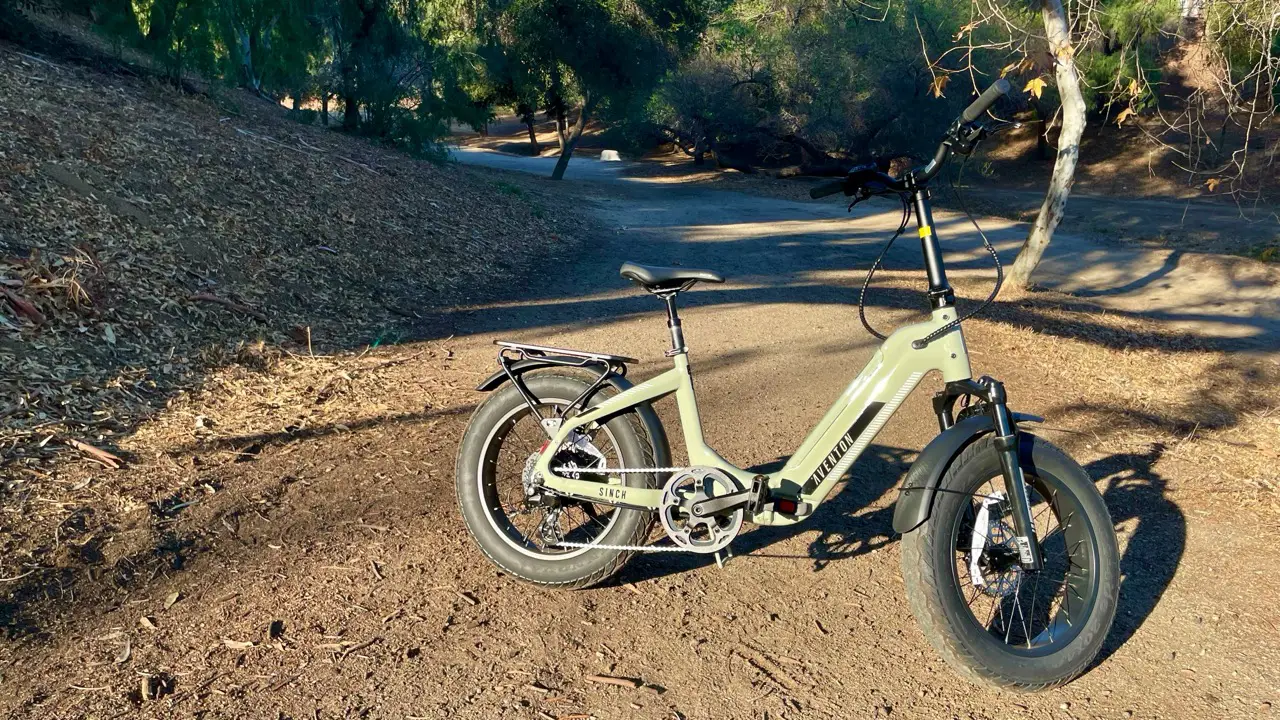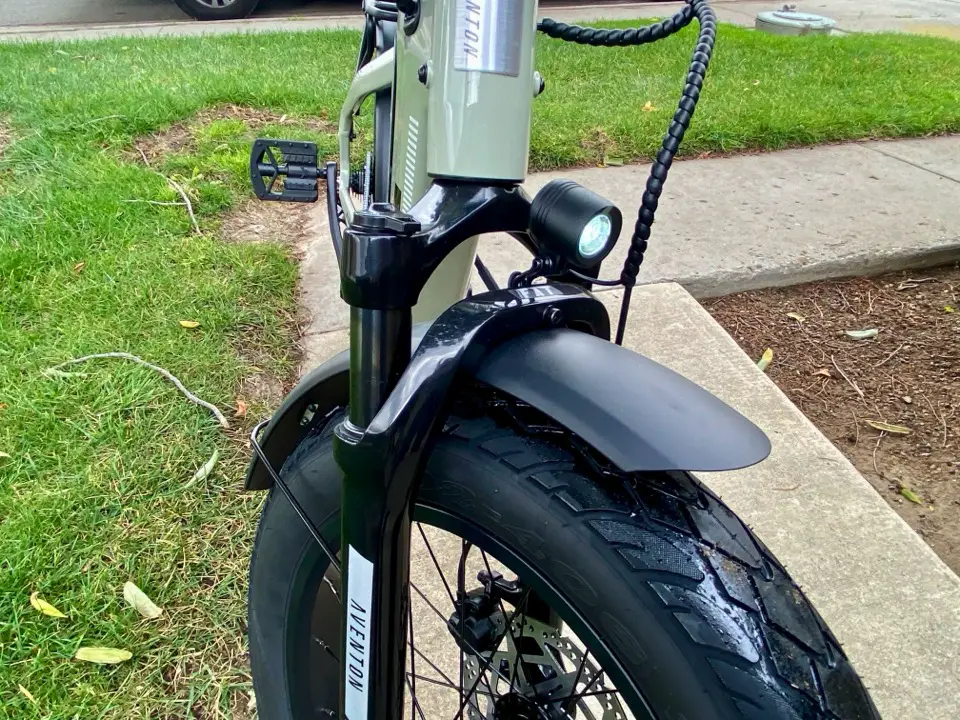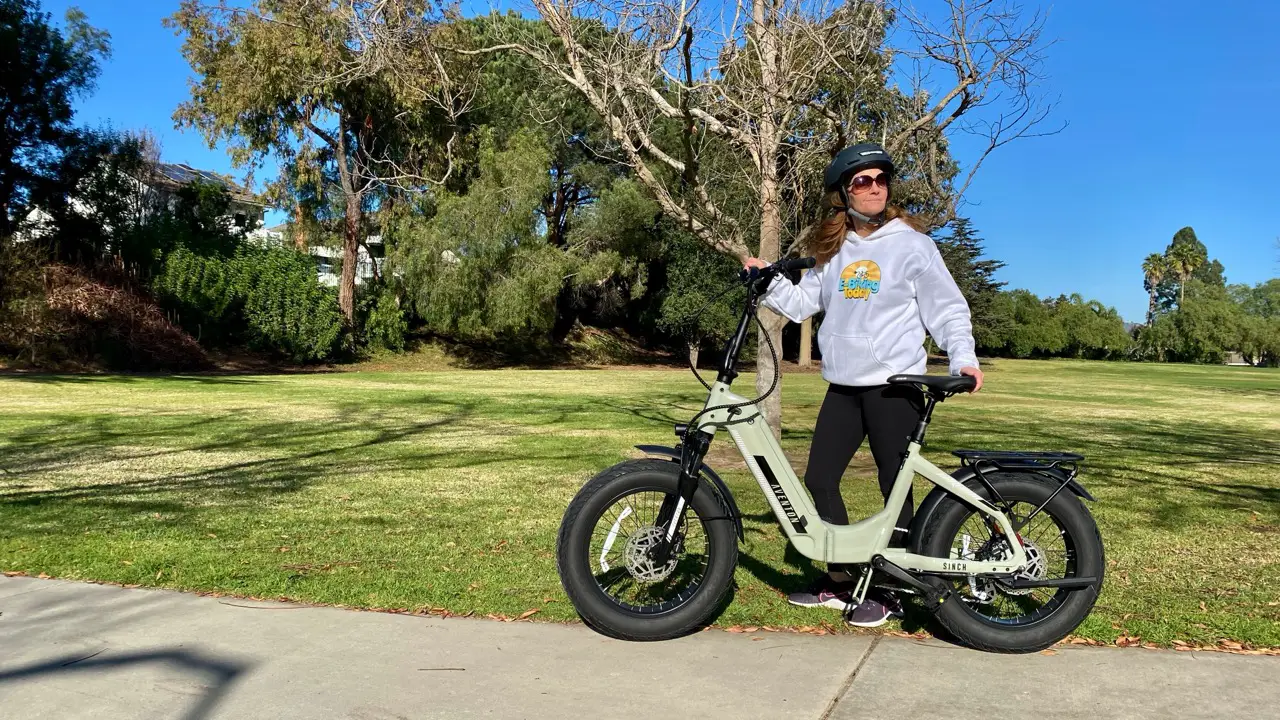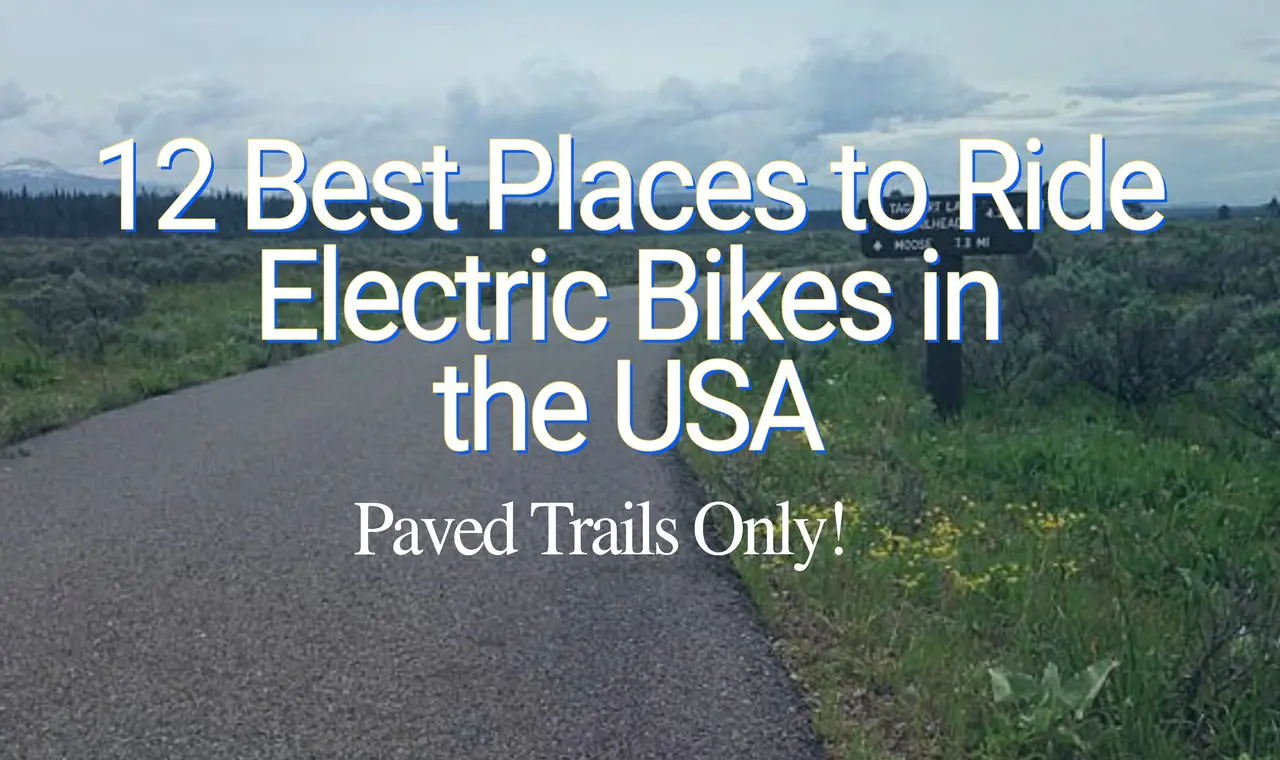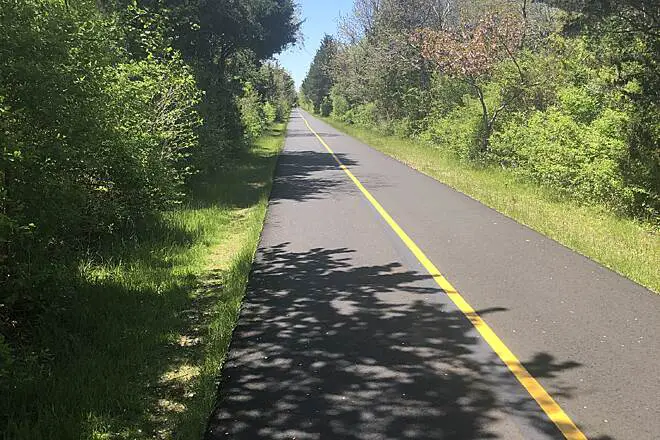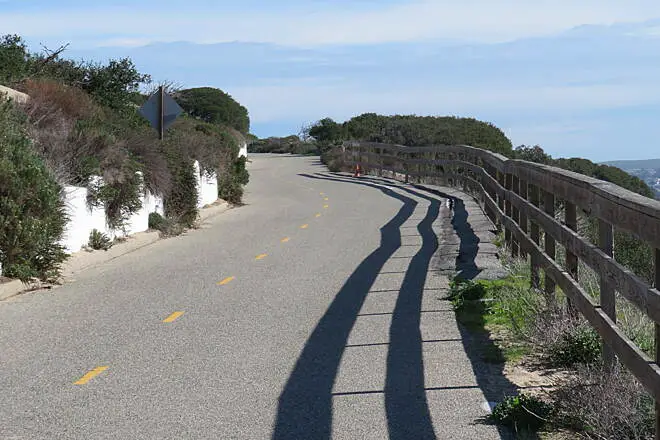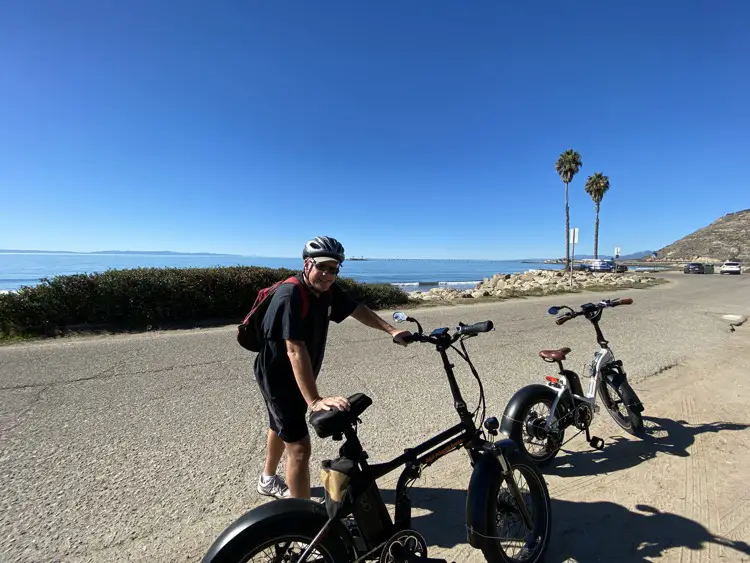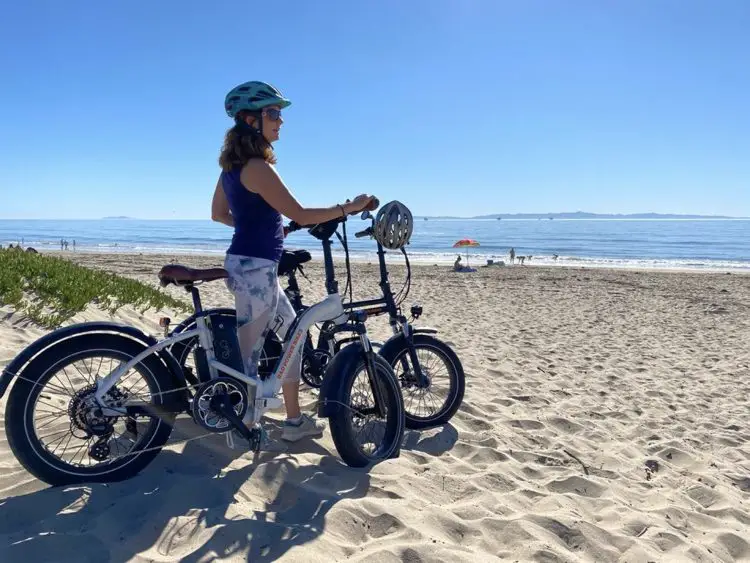As an over 50 rider, I’ve reviewed dozens of e-bikes—including folding models that promise portability but often sacrifice power, comfort, or real usability. The Velotric Fold 1 Plus caught my attention because it claims to deliver full-size performance in a compact step-through frame that folds 40% smaller than the industry average. After researching and test-riding it, I can confidently say the Fold 1 Plus stands out in a category that’s notoriously hit-or-miss.
I’m Lisa from E-Biking Today and I’m sharing this surprising folding e-bike. I’m covering its benefits, performance, pricing, and what you absolutely need to know before you buy. I’ll show size and fit, assembly, warranty, and how it compares to the original Fold 1.
Overview: What the Fold 1 Plus Is Designed to Be
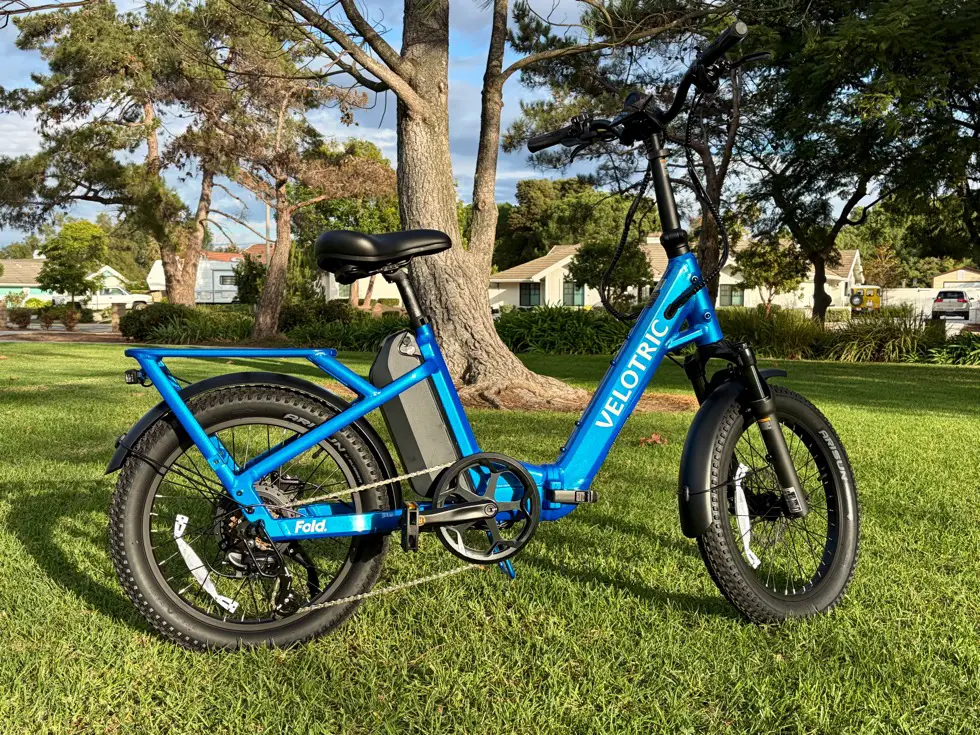
The Velotric Fold 1 Plus is a step-through folding e-bike built for riders who need rugged portability without giving up power. It uses a strong 750W rear-hub motor with 75Nm of torque, a 48V/13Ah UL-certified battery, hydraulic front suspension, and a max payload capacity of 450 lbs. That combination already puts it in rare company. But Velotric also layered in weather resistance, a bright 3.5″ full-color display with Bluetooth, integrated turn signals, and class-adjustable speeds up to 28 mph. And there’s so much more.
Note: This is not a “compact commuter toy.” It’s a legitimate mid-range e-bike that happens to fold.
Benefits and Standout Features
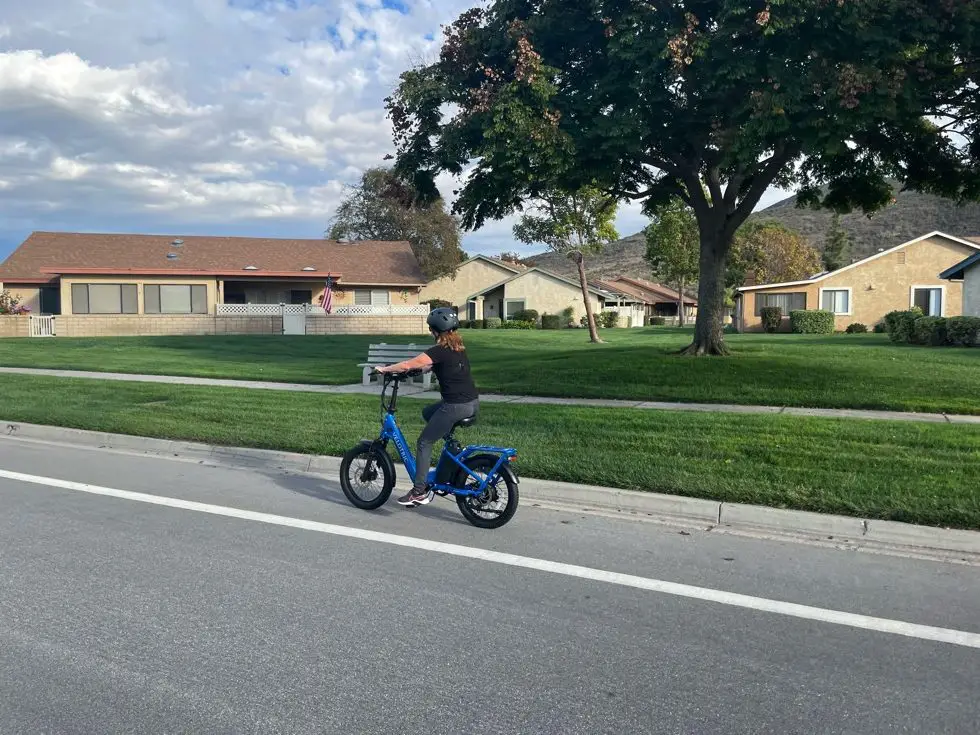
Powerful 750W Motor with Real Torque
Many folding e-bikes claim 750W, but they choke on hills or feel sluggish off the line. The Fold 1 Plus delivers 1100 watts of peak power and 75Nm of torque—enough to confidently handle steep grades and power bursts through intersections. Acceleration feels controlled but strong, especially when pairing the torque sensor with a higher PAS level.
Torque/Cadence SensorSwap™ System
One thing I really think is great for riders over 50 is Velotric’s hybrid system that switches between torque and cadence sensing. This matters because it lets you choose between:
- A smooth, natural pedaling experience (torque sensing), or
- A more effortless, “just pedal a little and go” sensation (cadence sensing).
Adjustability like this is rare in folding e-bikes and it’s one of features that helps Velotric stand out.
Impressive Range for a Folding Bike
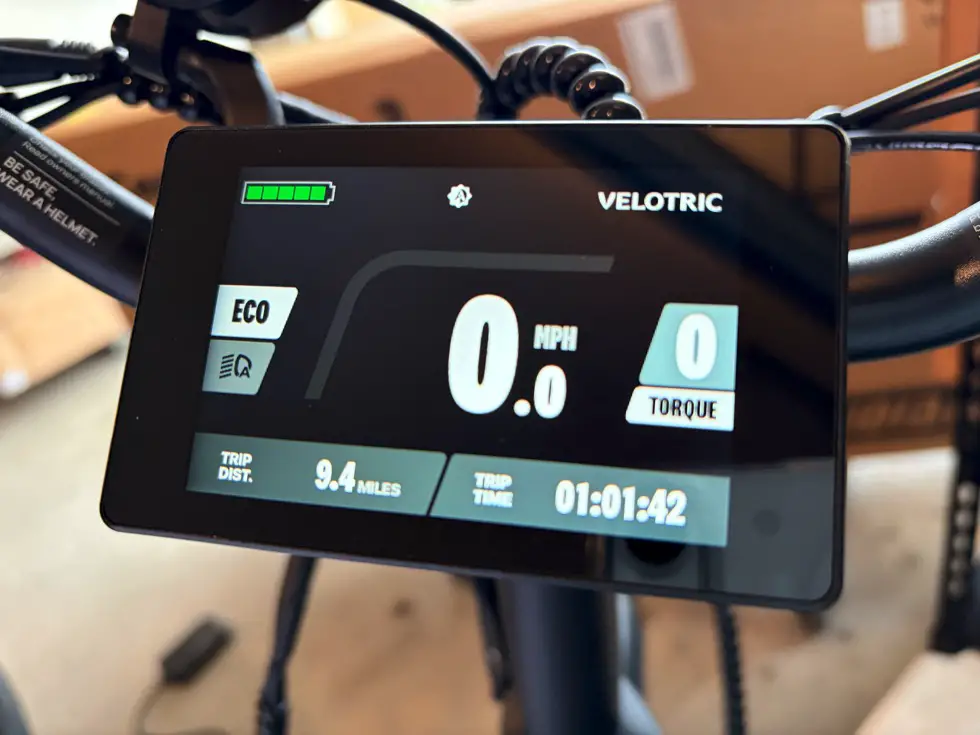
With a 624Wh UL-certified battery, Velotric claims:
- Up to 68 miles on pedal assist
- Up to 45 miles on throttle
During testing, I was still left with 95% battery charge after riding 9.4 miles using a mix of throttle and all levels of pedal assist. So you can expect the same or even better mileage if you stick to using lower pedal assist levels only.
Premium Safety & Durability Certifications
The Fold 1 Plus achieves multiple certifications including:
- UL 2849 (overall bike safety)
- UL 2271 (battery safety)
- ISO global standard certification 4210 (bike frame & component standards)
This is a major plus for commuters and travelers who want peace of mind.
High Weight Capacity & Practicality
With a 450-lb total load limit and a 120-lb rear rack capacity, it can handle cargo, groceries, kids’ seats, or accessories better than the average folder. It’s built to work hard—something many folding bikes aren’t.
Portability Without the Compromises
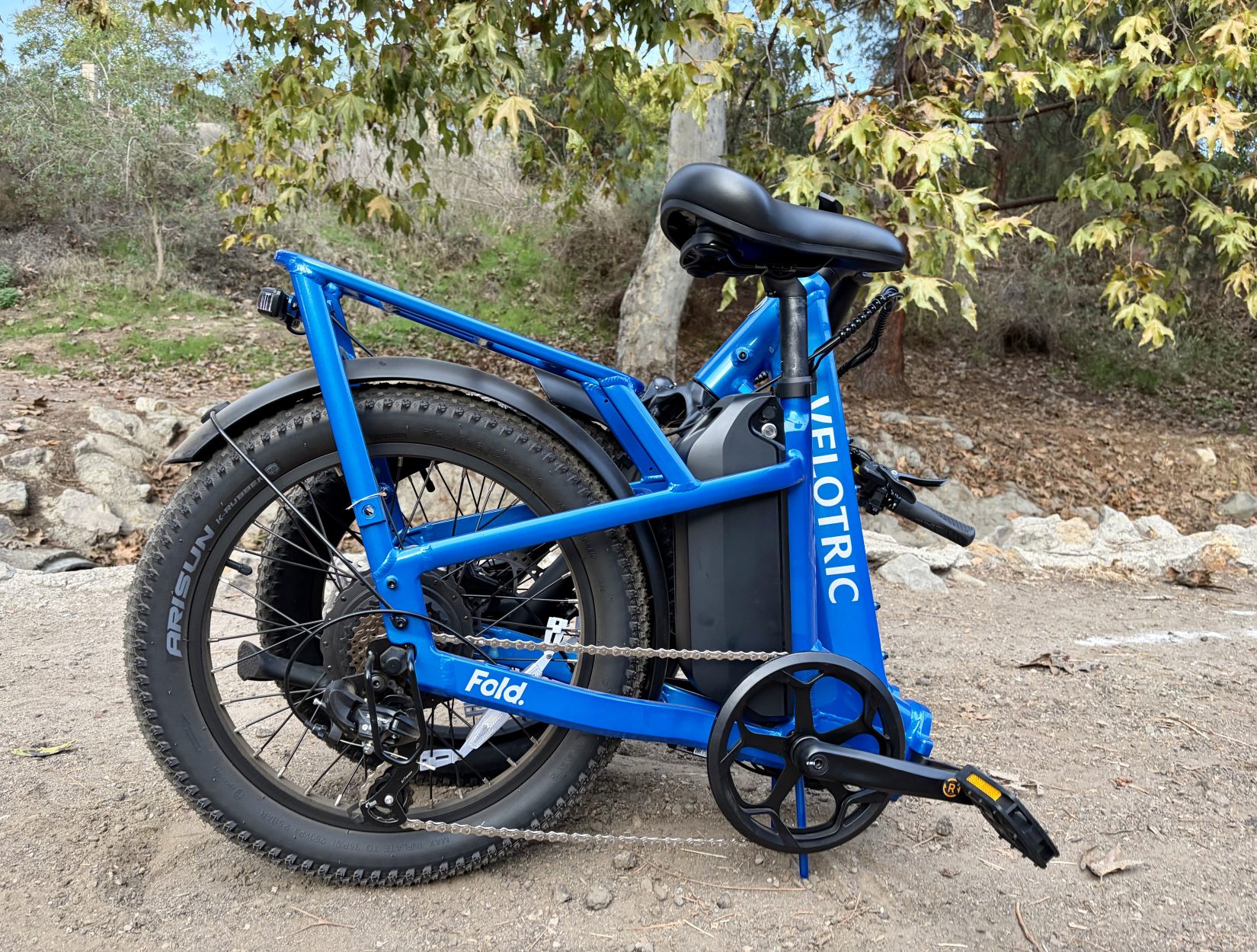
If you’re wondering whether it’ll fit where you need it to, the folded dimensions are:
37.8″ L × 19.7″ W × 33.5″ H
Velotric says this is roughly 40% smaller than typical folders, and that checks out. It’s surprisingly compact for a bike with 20×3.0 tires, suspension fork, and an integrated rear rack.
Rider-Friendly Controls & Display
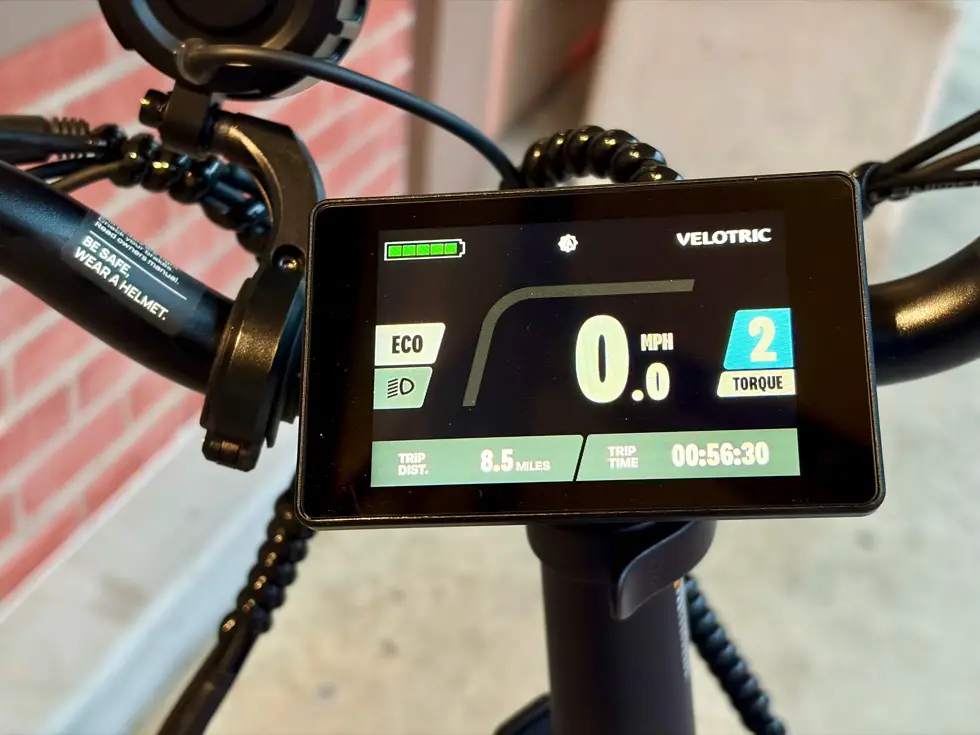
The 3.5″ full-color display is bright enough for daylight use and includes:
- Bluetooth pairing
- App connectivity
- Apple Find My™ support
- OTA firmware updates
- USB-C charging port
Many folders use hard-to-read monochrome displays, so this is a welcome upgrade with lots of helpful technology.
Performance: Speed, Ride Feel & Handling
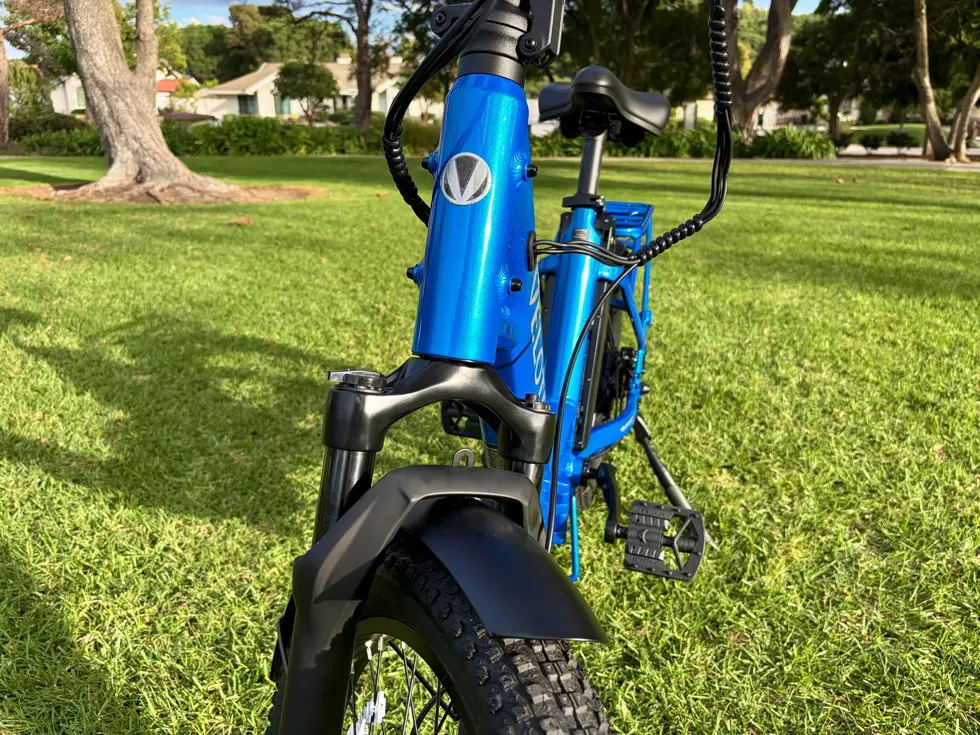
Speed Flexibility
Out of the box, the Fold 1 Plus is set to 20 mph, making it a Class 2 e-bike. But you can unlock it up to 28 mph for Class 3 riding. This is a meaningful difference if you ride on roads or long stretches where extra speed helps keep pace with traffic.
Suspension & Comfort
Velotric offers what they call ComfortMax. The hydraulic front suspension fork offers 60mm of travel with lockout. Combined with the 20×3″ puncture-resistant tires, the ride stays surprisingly stable over uneven surfaces: bumpy pavement, bike paths, dirt and gravel. It’s not a mountain bike, but it’s powerful and comfortable enough for taking it wherever you need to go.
The comfort saddle and ergonomic grips feel supportive, not flimsy. And the adjustable stem with slightly swept-back handlebars, my personal favorite, help dial in the right reach. All of this removed pressure on my wrists, back, and shoulders, a necessity for older riders.
Handling & Stability
Some folding bikes feel wobbly or “twitchy” because of their small frames and narrow tires. The Fold 1 Plus feels closer to a compact city bike—stable at higher speeds and predictable around corners. The step-through frame is solid and never creaked during testing. Plus, it was easy to get on and off.
What You Need to Know Before You Buy
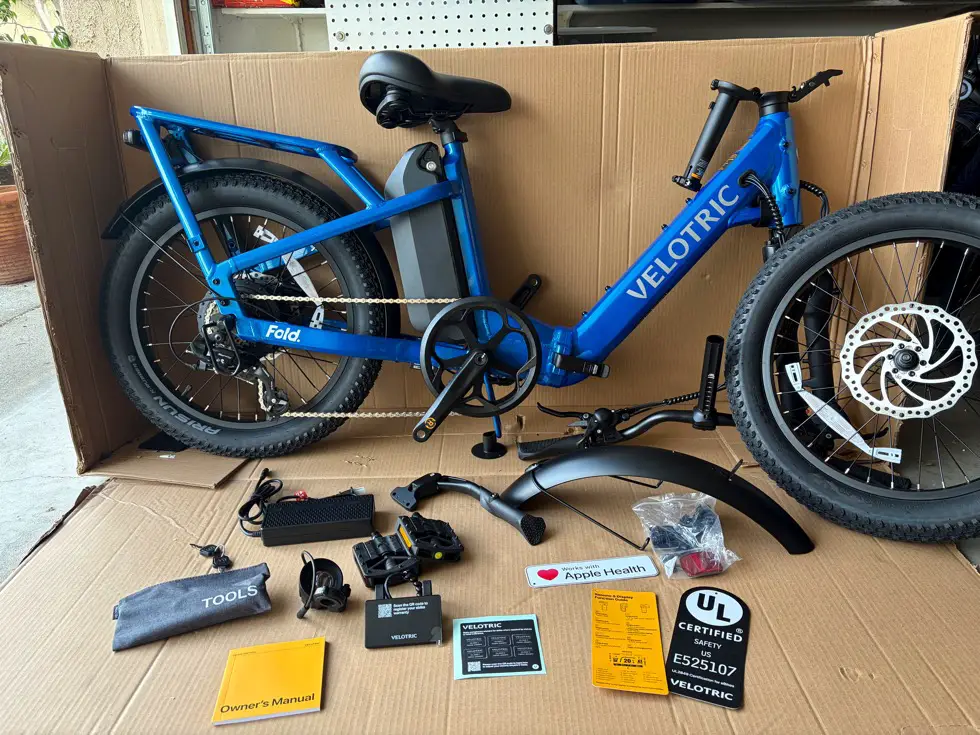
Size & Fit
The Fold 1 Plus is a one-size bike designed for riders from 4’9″ to 6’5″. That’s an unusually wide range. This is thanks to its:
- Long seat post
- Adjustable handlebar stem
- Low step-through height of 15 and three quarters inches
It works well for both shorter and taller riders. At 5’1″, I appreciated that I could comfortably reach the ground while still getting full leg extension when pedaling. Plus, I was able to sit fully upright and easily reach the adjustable handlebars.
Now I do believe this will fit most tall riders. But, if you’re over 6 feet, be sure to check your inseam against the bike’s measurements.
Weight
This is not a featherweight folder but Velotric claims its components are 15% lighter. At 63 lbs, it’s in the same range as many folding e-bikes but weighs less than some full-power 20” wheel folders. If you need something light enough to carry up multiple flights of stairs daily, this might not be the ideal choice. But if you need a portable e-bike that still delivers strength and stability, its weight-to-capability ratio makes sense.
Assembly
Velotric typically ships their bikes mostly pre-assembled.—usually around 85–90%. This was one of the easier Velotric bikes to assemble. Expect to attach the handlebars, front wheel, pedals, kickstand, fenders, front light, and display. Setup is straightforward and took me about 45 minutes with basic tools.
Water Resistance
The entire bike has an IPX6 rating, while the battery is IPX7. This means:
- The bike can handle heavy rain
- The battery can withstand up to 30 minutes in shallow water.
This is higher water protection than many folding bikes on the market.
Bike Settings and App Features
I love how much you can customize your ride, either on the display or through the Velotric app. You get:
- Ride tracking
- Sensor Swap
- Speed unlocking
- Cruise Control
- And other adjustments to create the perfect ride
I also appreciate having a folding bike with Theft protection via Apple Find My™, which is a travel-friendly bonus, especially for RVers.
Warranty
Velotric offers a 2-year warranty, which is strong for this price bracket. It covers major components including the motor, battery, electronics, and frame.
Comparison: Fold 1 Plus vs. the Original Fold 1
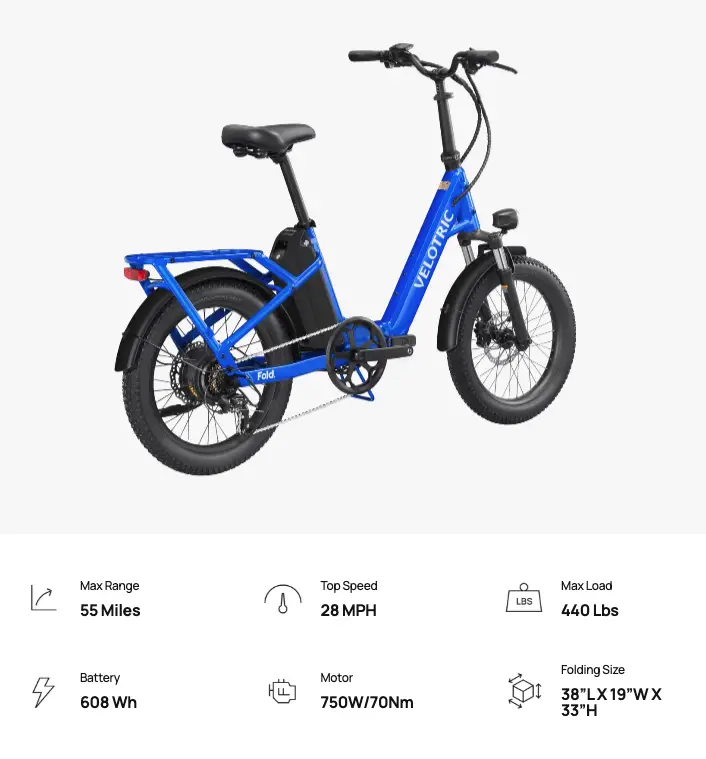
If you’re familiar with the original Velotric Fold 1, here’s how the Fold 1 Plus improves on it:
Stronger Performance
- Same 750W motor, but refined torque delivery
- Improved torque/cadence sensor system
- Higher range estimates
Better Technology
- New 3.5″ full-color screen
- Bluetooth/app support
- Apple Find My™ added
- Removable trigger throttle
More Robust Build
- Same stable frame, but improved weather resistance
- Better lighting system with integrated turn signals- I really like that you can hear the turn signals so you never forget they’re on. But, you can turn off the sound if you don’t like it.
Refined Ride Quality
- Hydraulic fork with lockout added or upgraded
- 15 intuitive pedal assist levels across Eco, Trail and Boost modes, each with 5 tuning levels for a ride that performs best for you.
Overall, the Fold 1 Plus is a meaningful evolution—not just a cosmetic refresh. If you’re on a budget, get the Fold 1 and save $400!
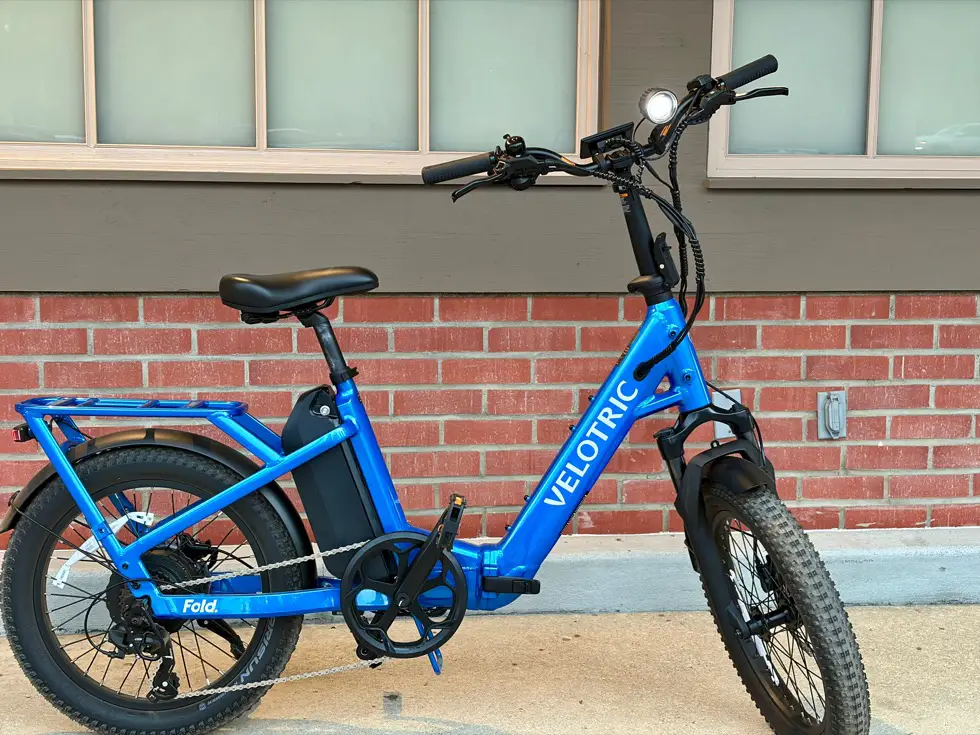
Pricing
As of now, the Velotric Fold 1 Plus is listed at a competitive price of $1499 minus discounts. For the features you get—UL certifications, torque sensing, long-range battery, strong motor, and high-quality components—it’s positioned well within the mid-tier folding e-bike market.
Shoppers should expect the price to come in below many premium brands but above bargain-tier folders that lack equivalent performance or safety certifications.
Who the Velotric Fold 1 Plus Is Best For
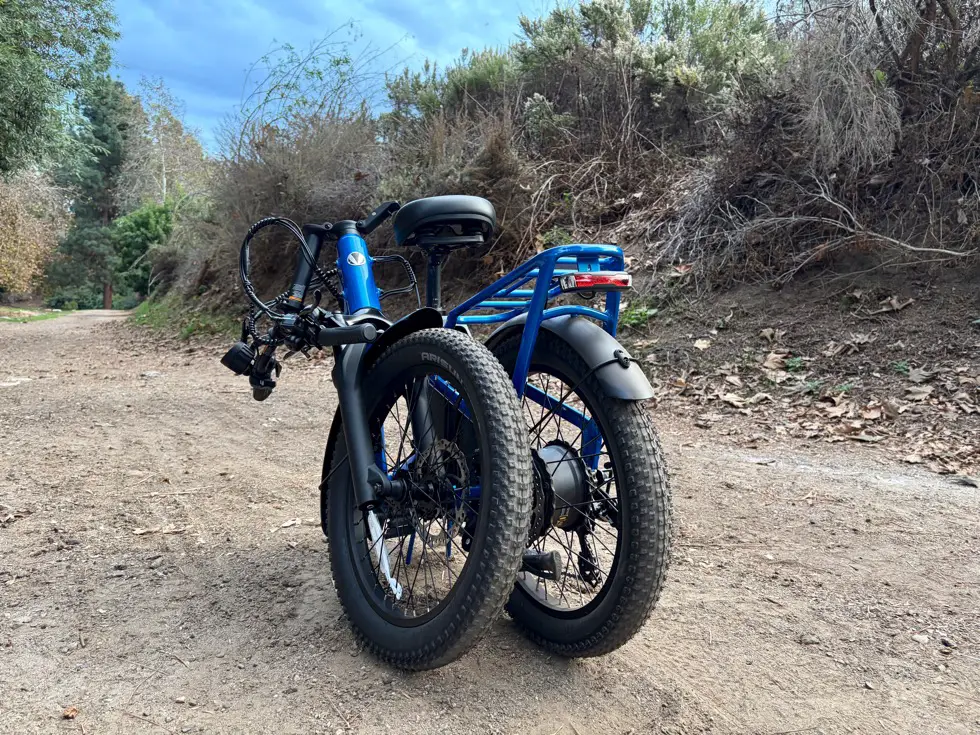
This electric folding bike is a strong fit if you want:
- A portable folding bike with real power
- A comfortable but compact ride for commuting or travel
- A high-capacity cargo bike in a smaller form
- A Class 3-capable folder for faster urban riding
- A durable, safety-certified option
It’s not the ideal match for anyone who needs something extremely lightweight or ultra-compact for constant lifting. But for nearly everything else—including everyday commuting, RV/travel use, weekend rides, and mixed-terrain exploration—the Fold 1 Plus is a solid performer.
Final Thoughts
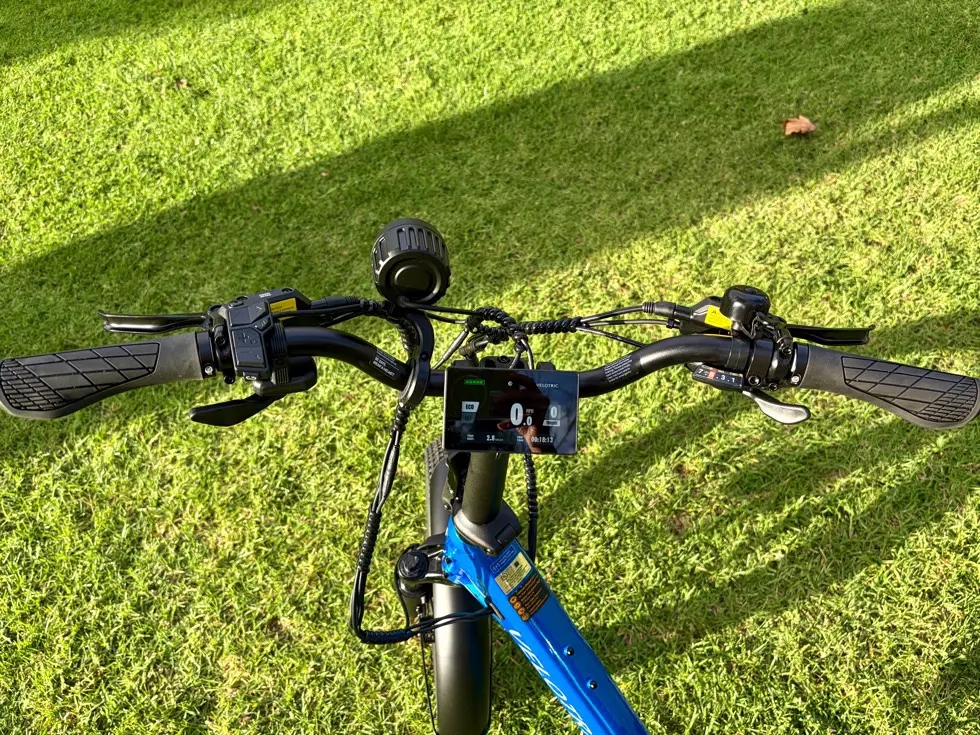
Velotric delivered a folding e-bike that’s genuinely capable, thoughtfully engineered, and comfortable for a wide range of riders. The Fold 1 Plus has enough power to satisfy speed-seekers, enough comfort for daily commuting, enough safety certifications to provide peace of mind, and enough portability to store in small places.
It’s a powerful folding e-bike that doesn’t compromise—and that makes it stand out in a crowded category. So, grab the current special offer… and enjoy your ride.
If you’re looking for a reliable, powerful, and feature-rich folding electric bike that’s built to last, the Velotric Fold 1 Plus is absolutely worth considering, even if you’re over 50!
